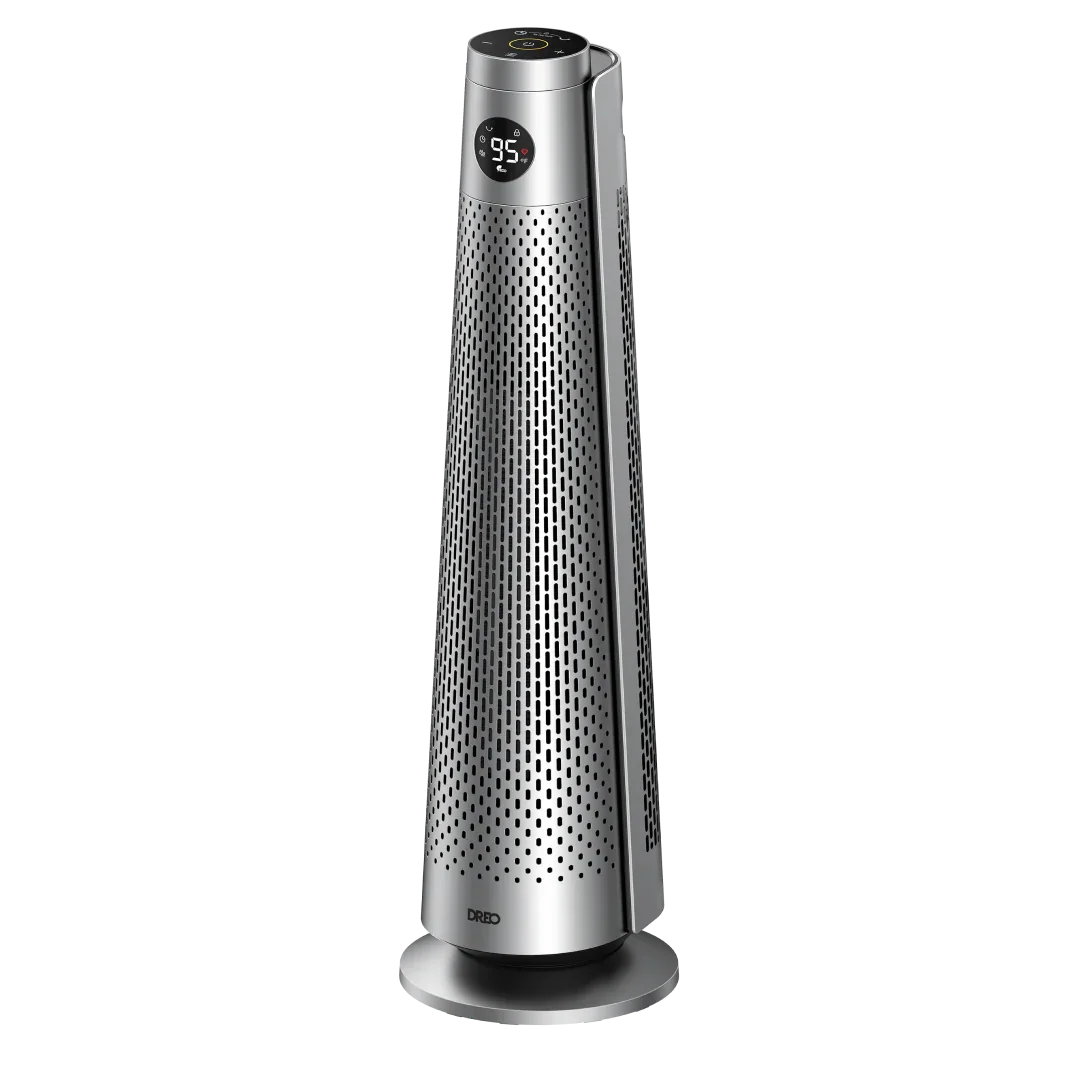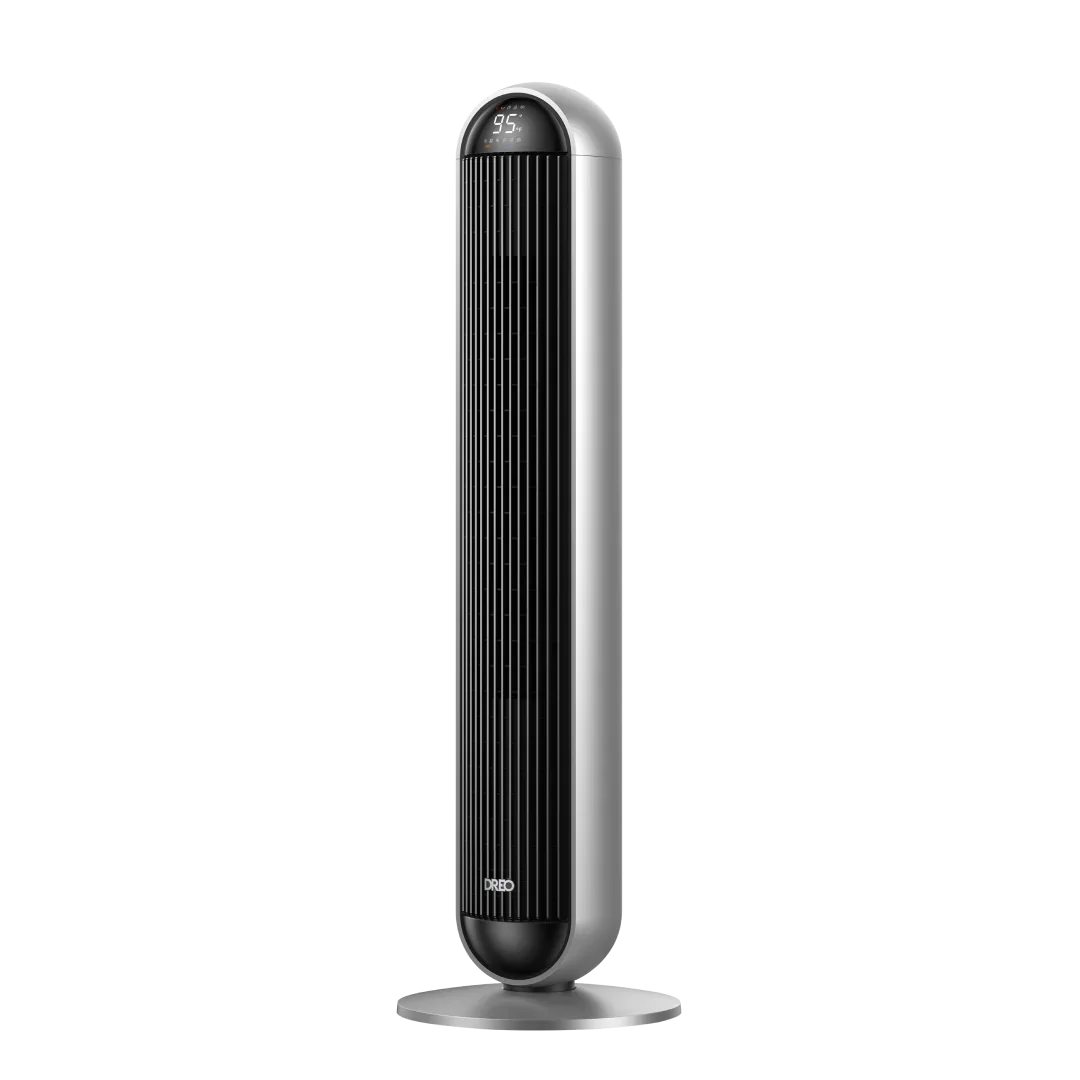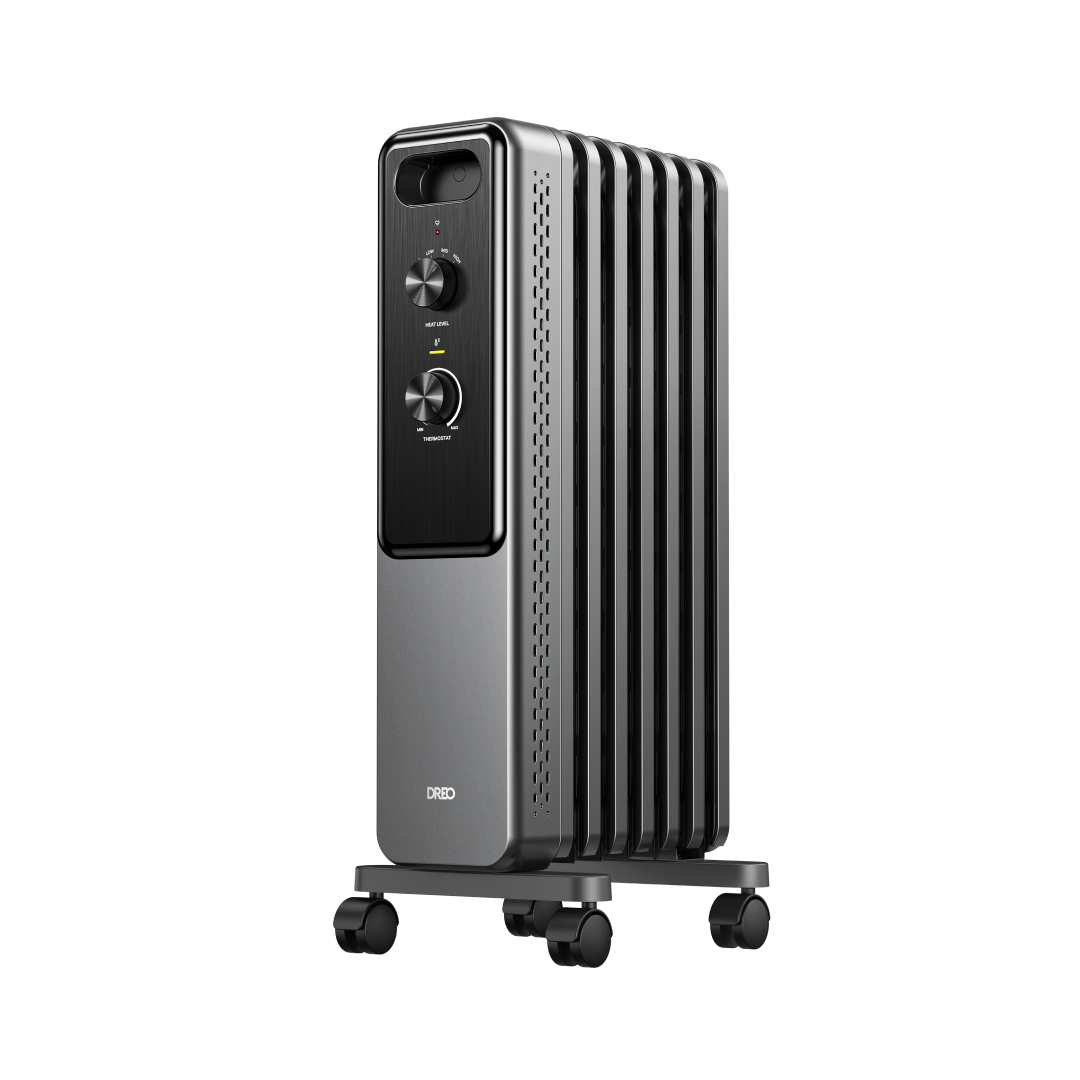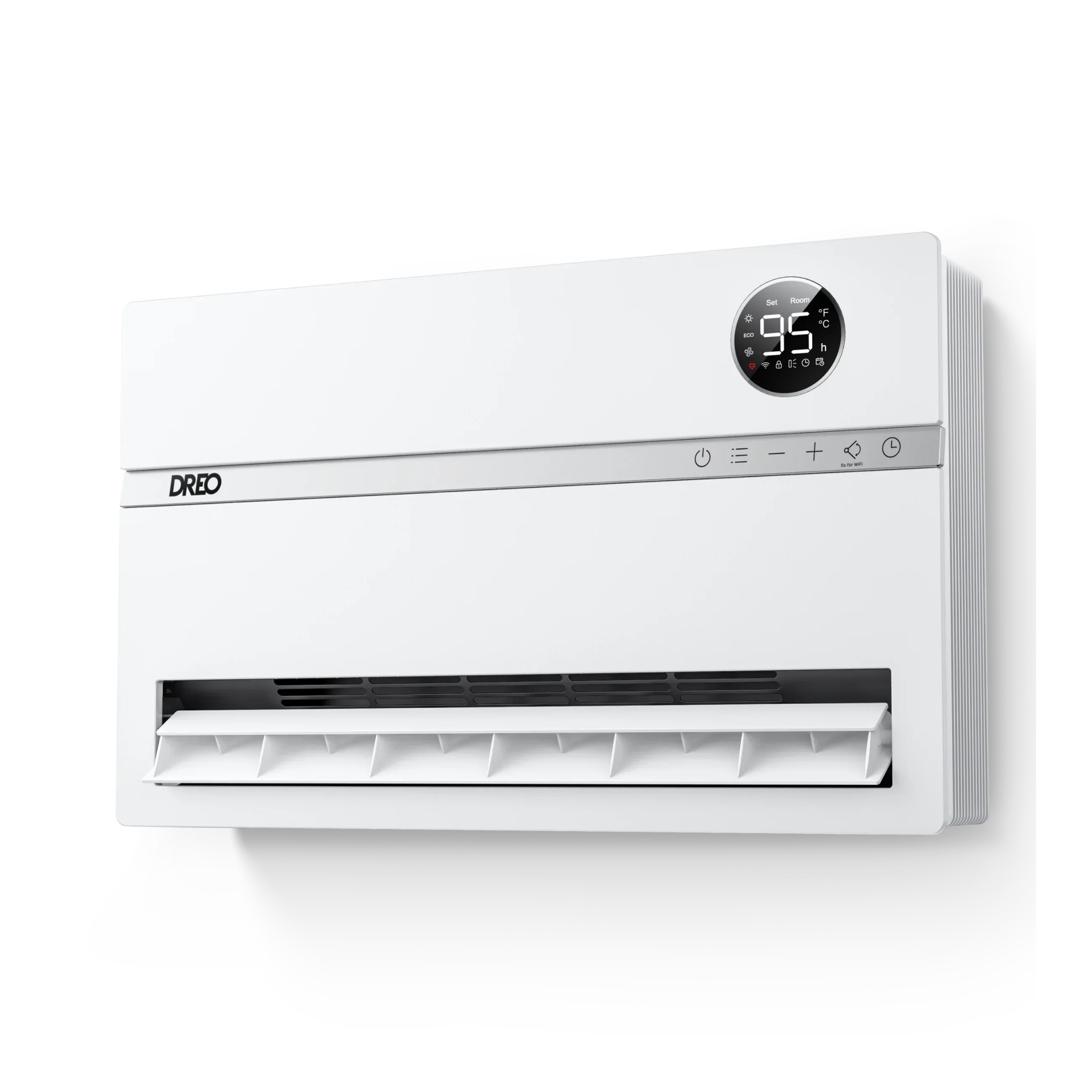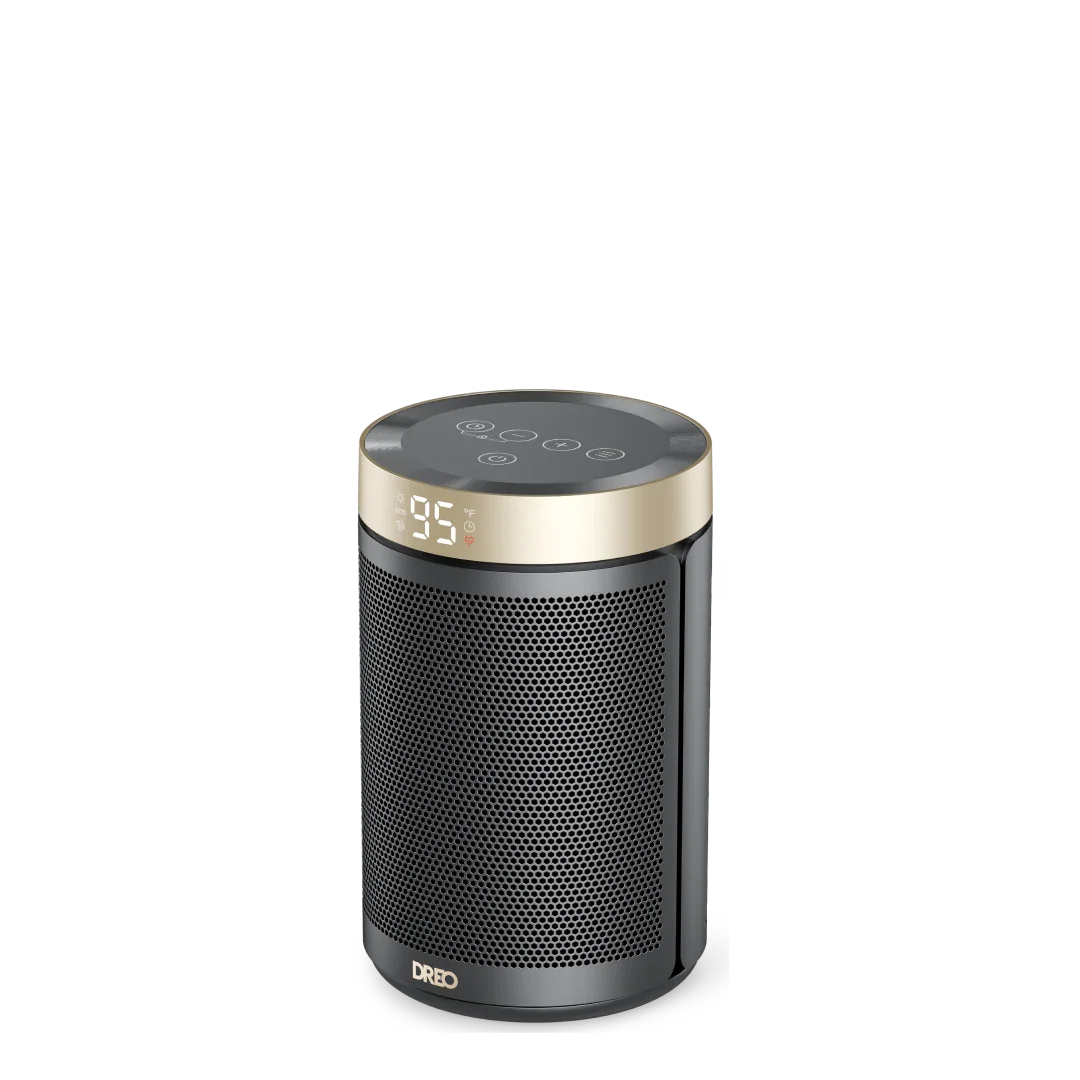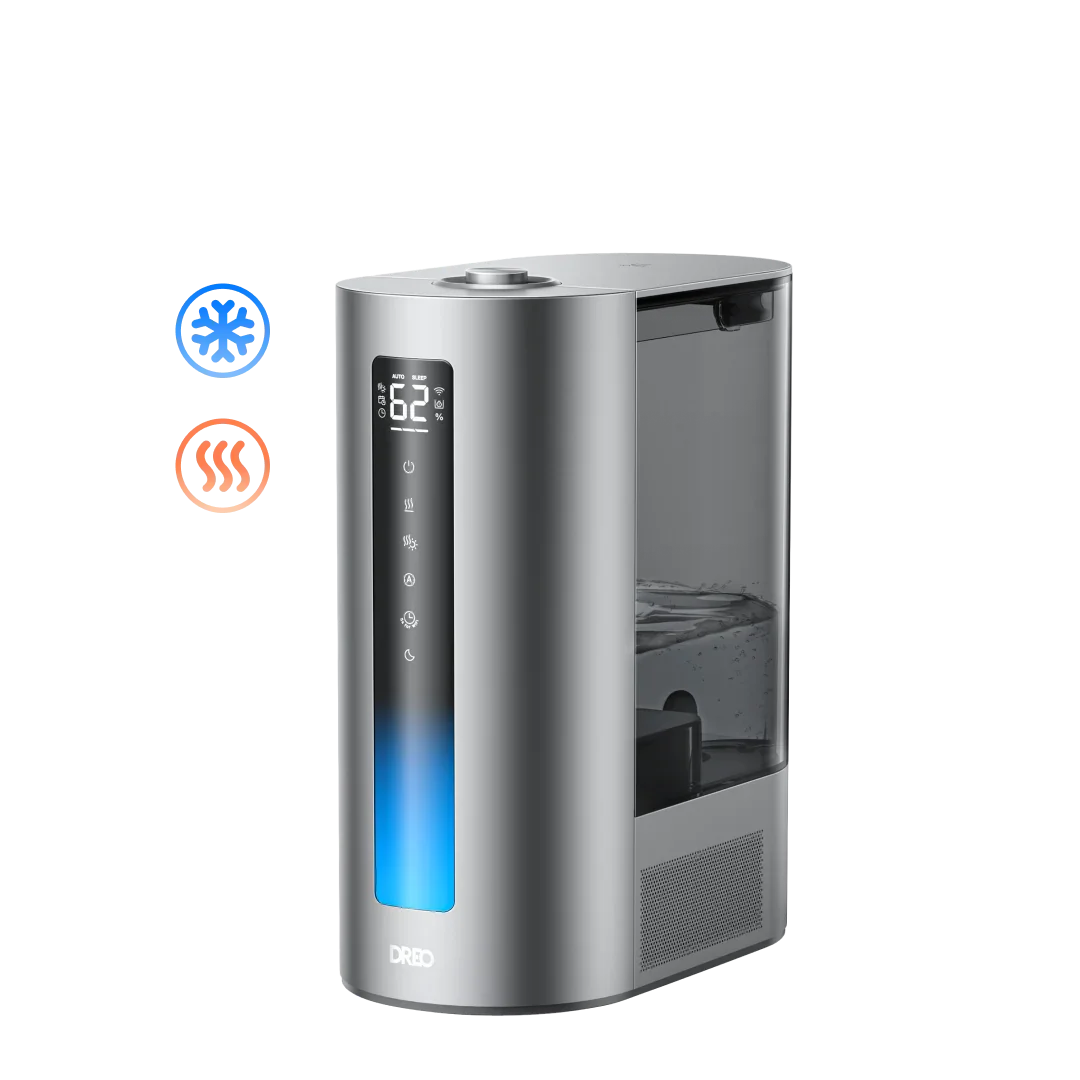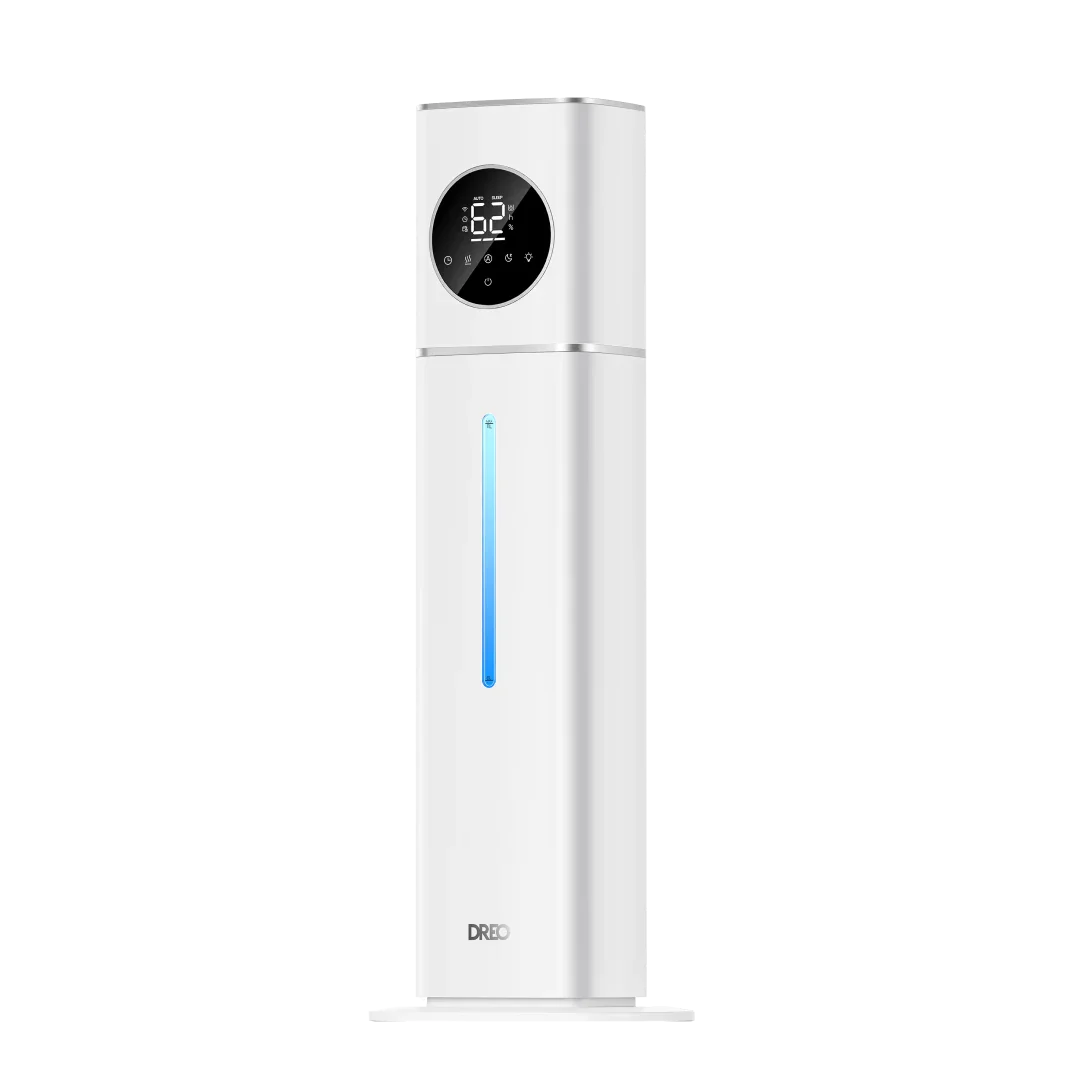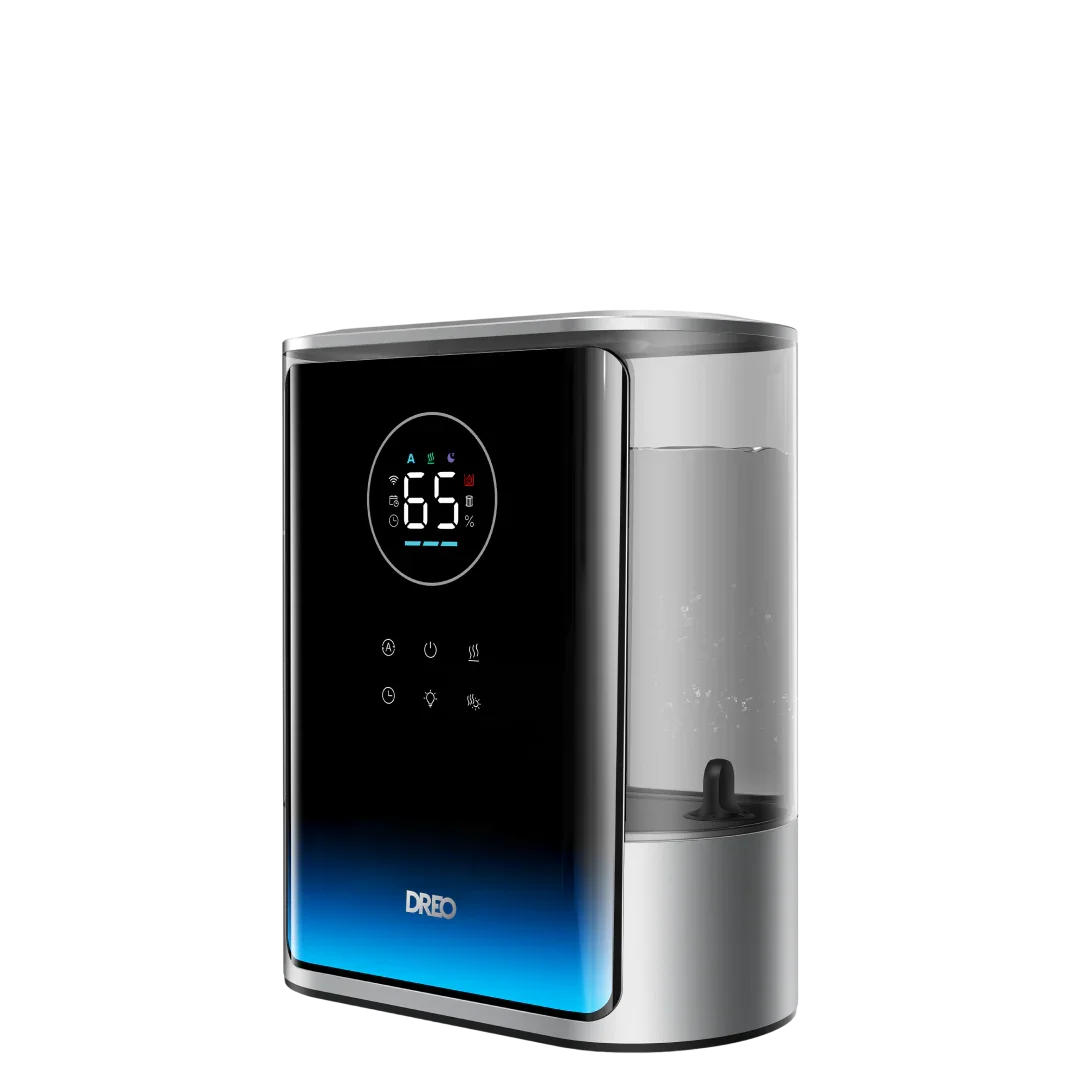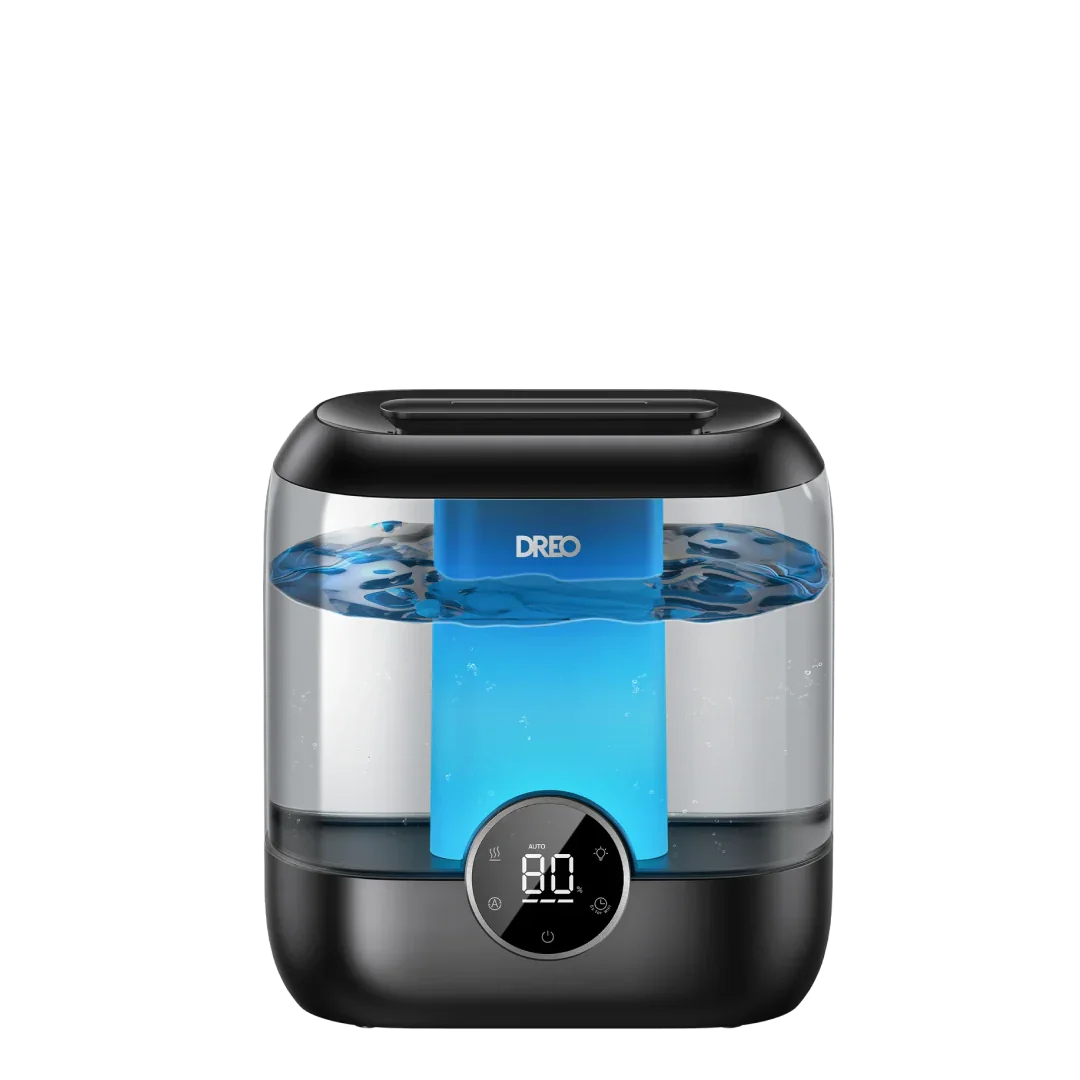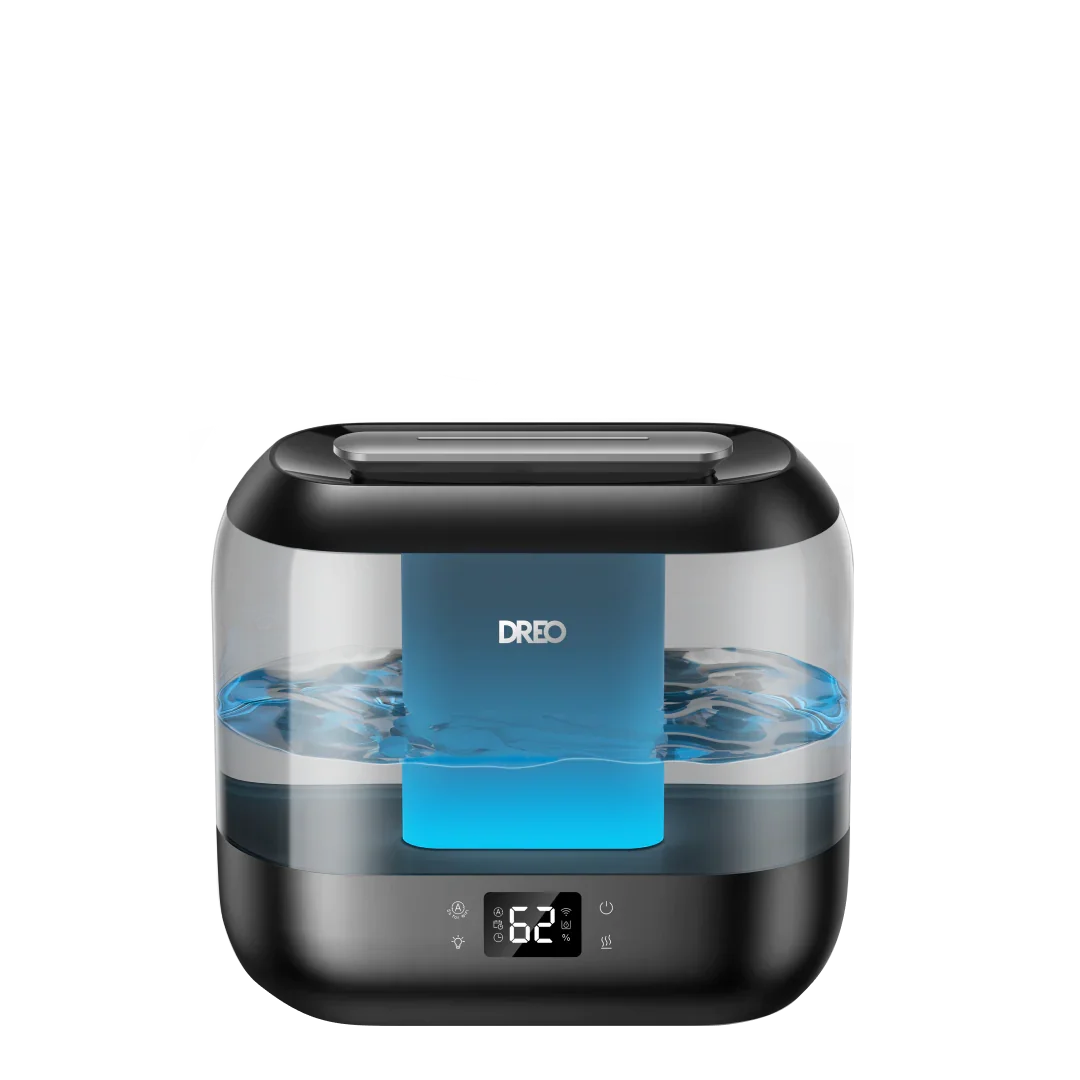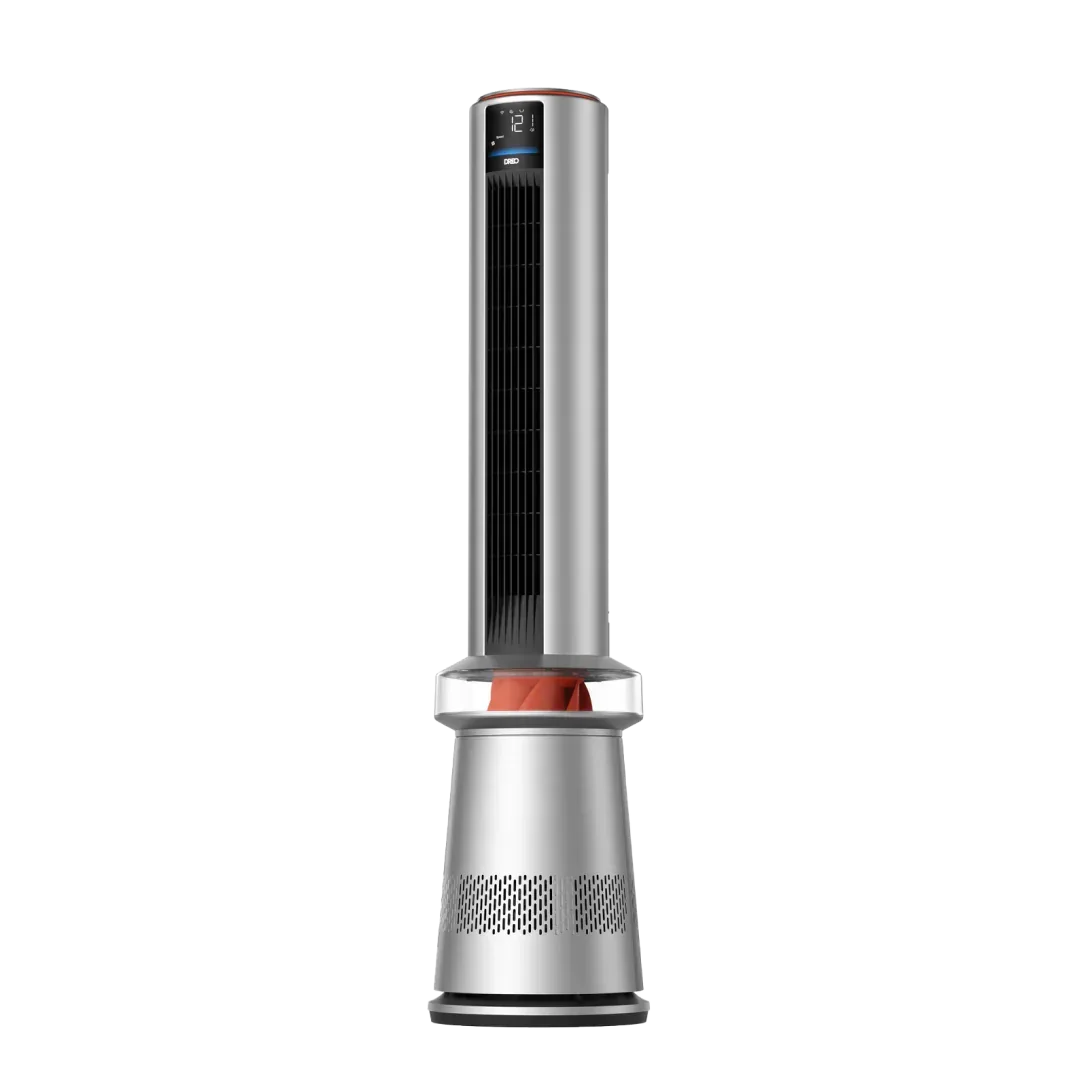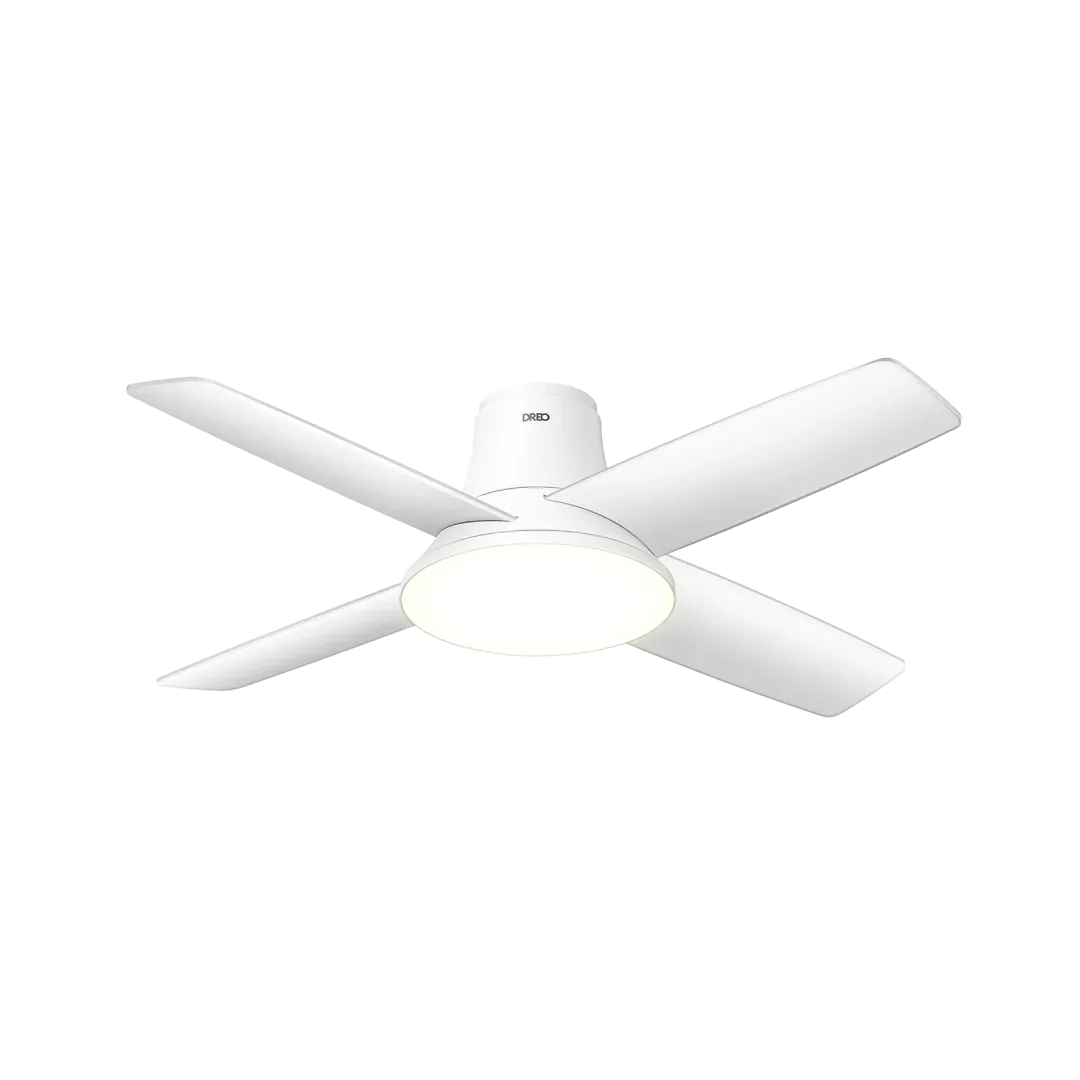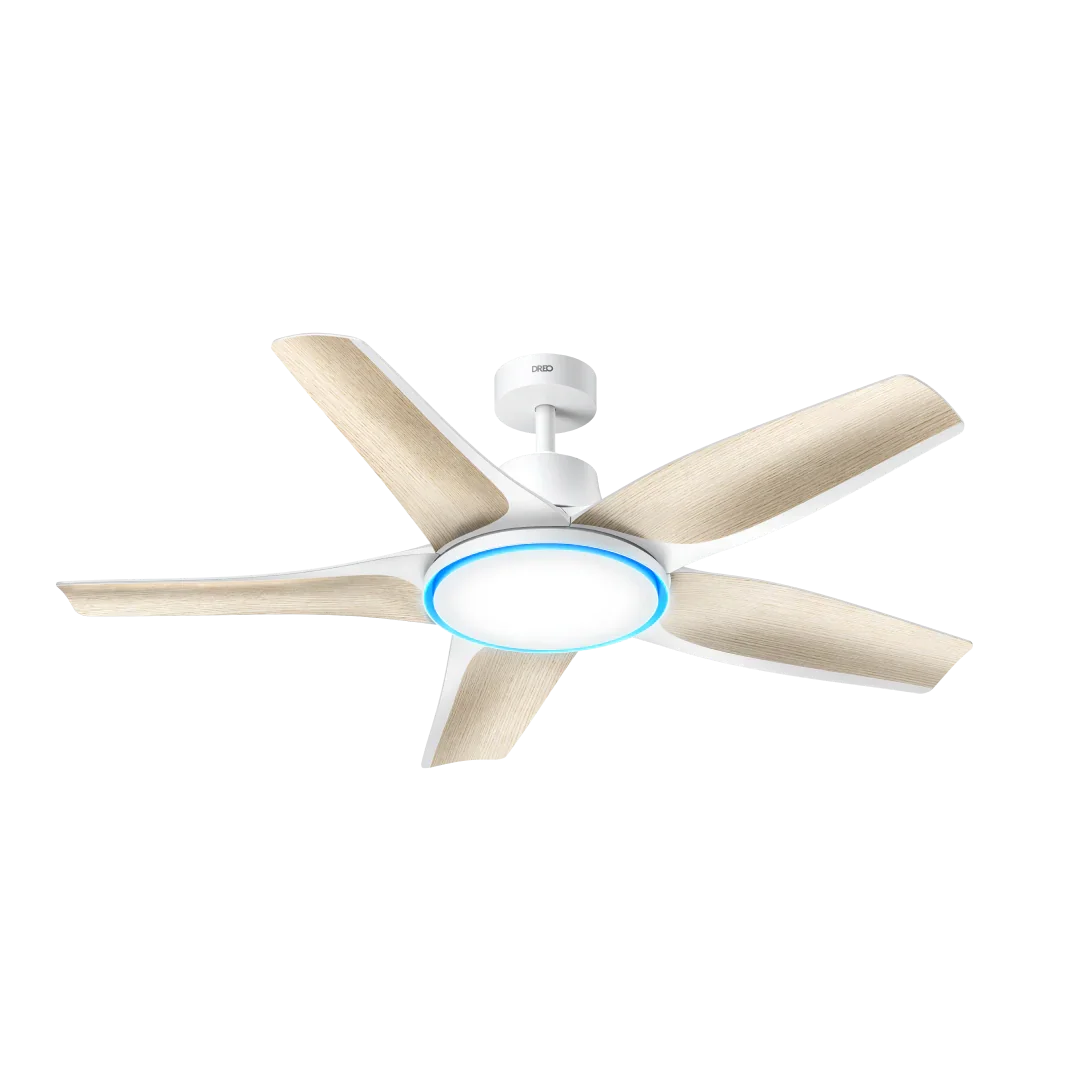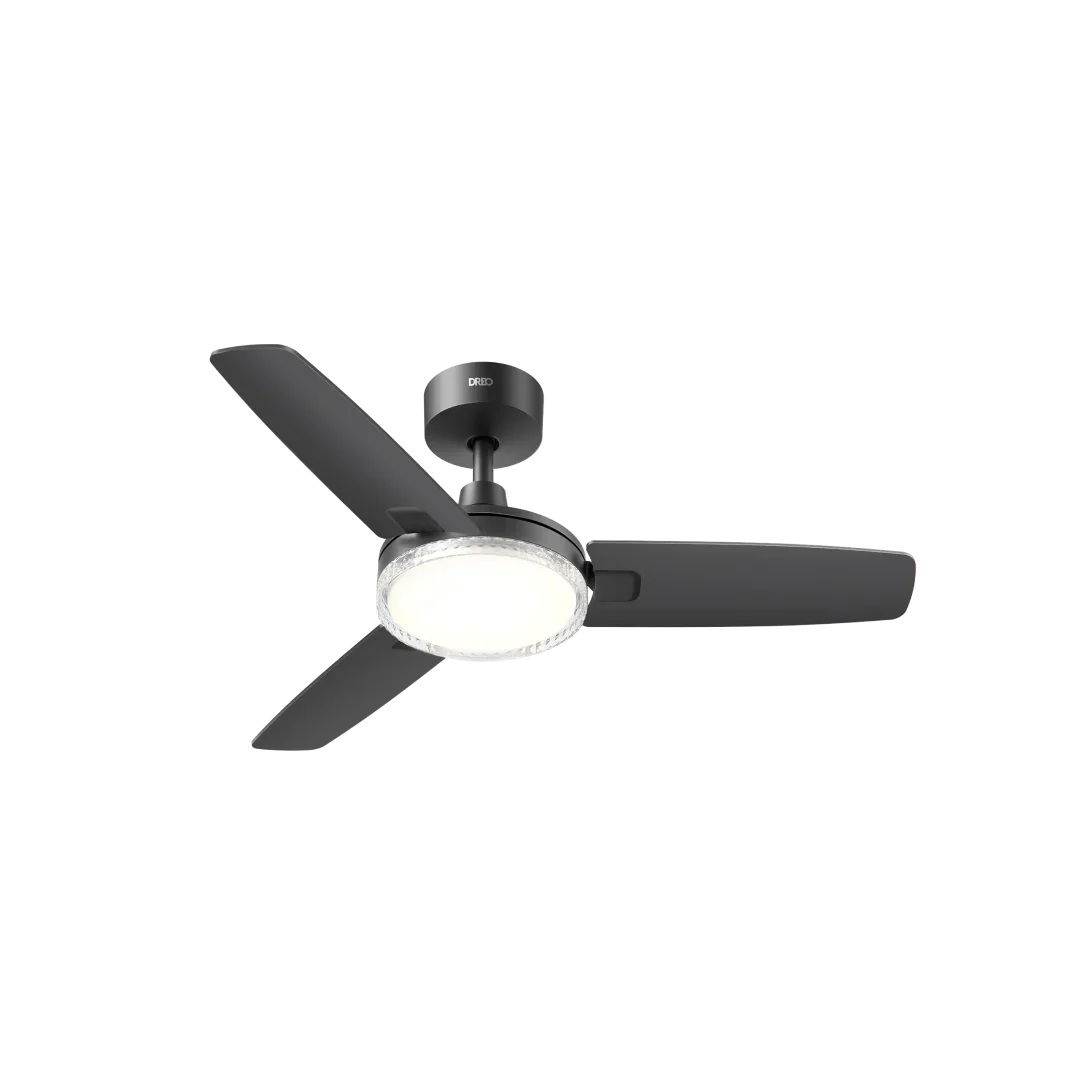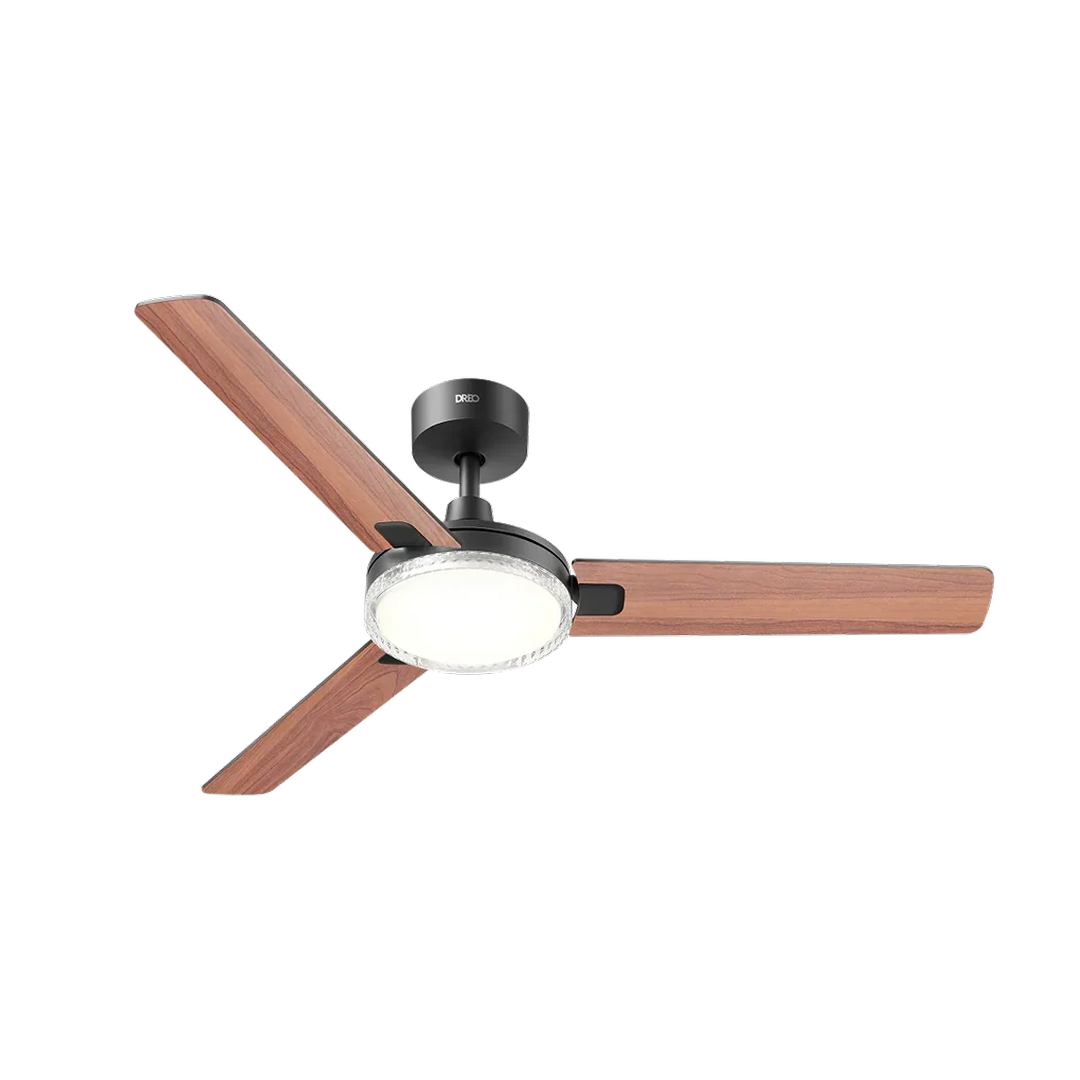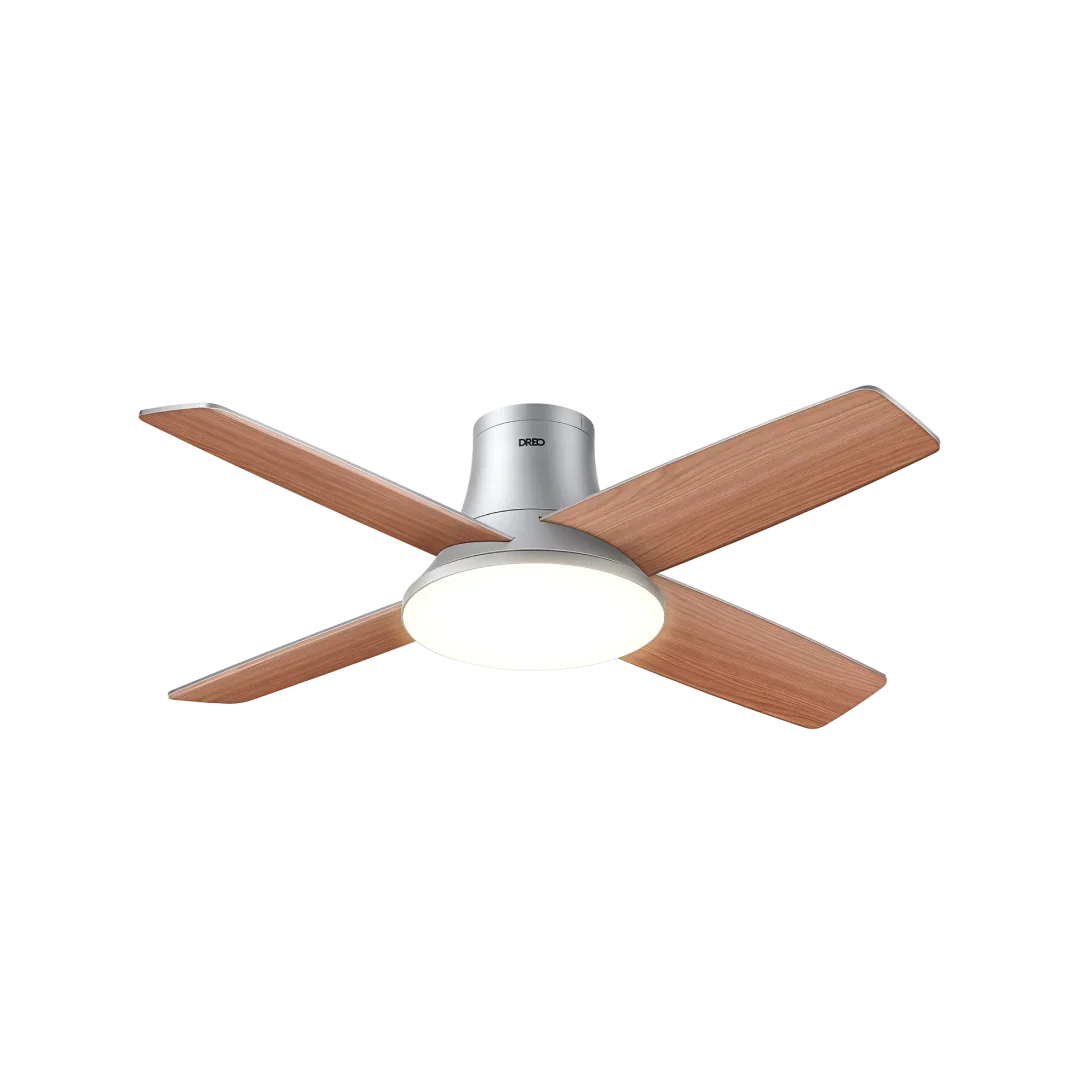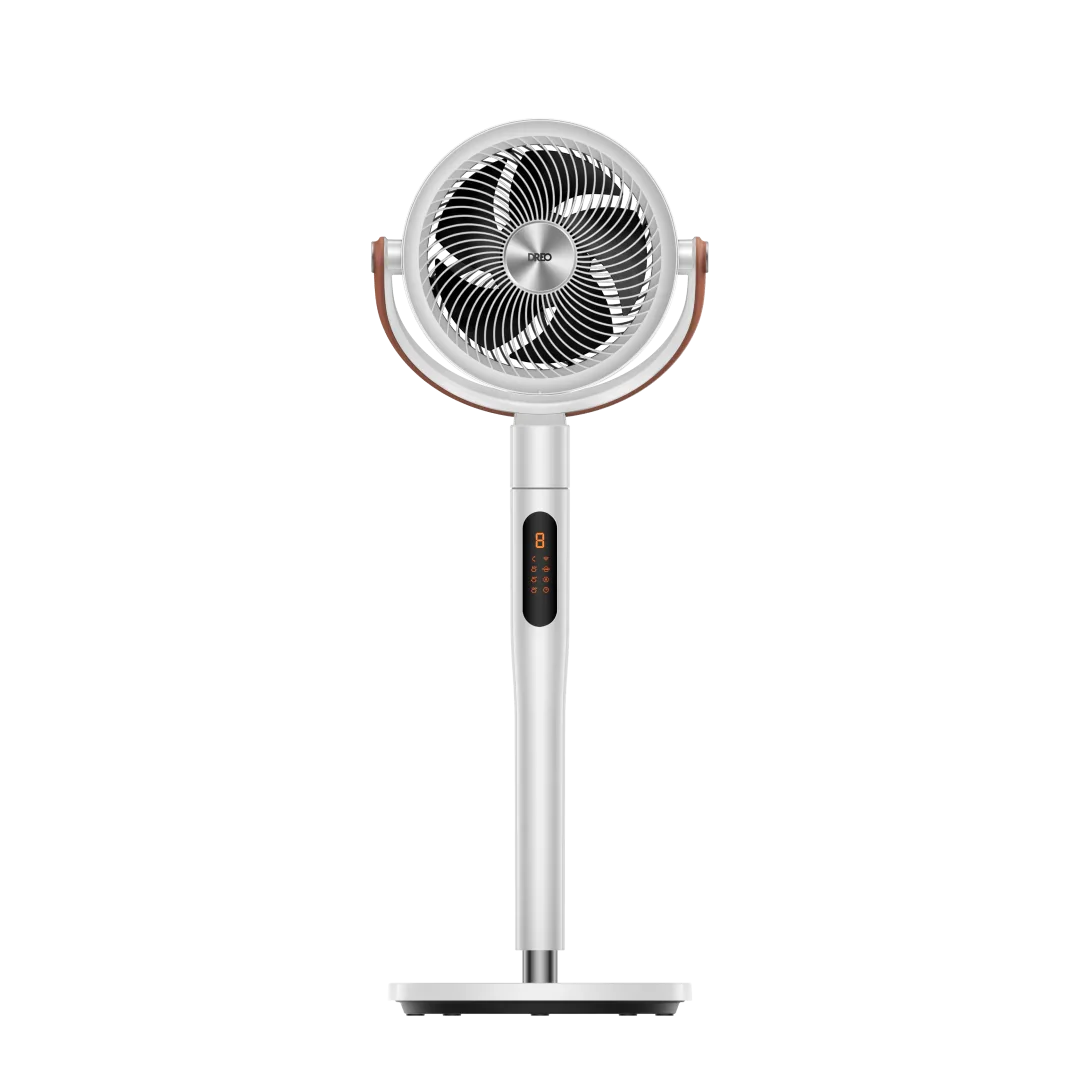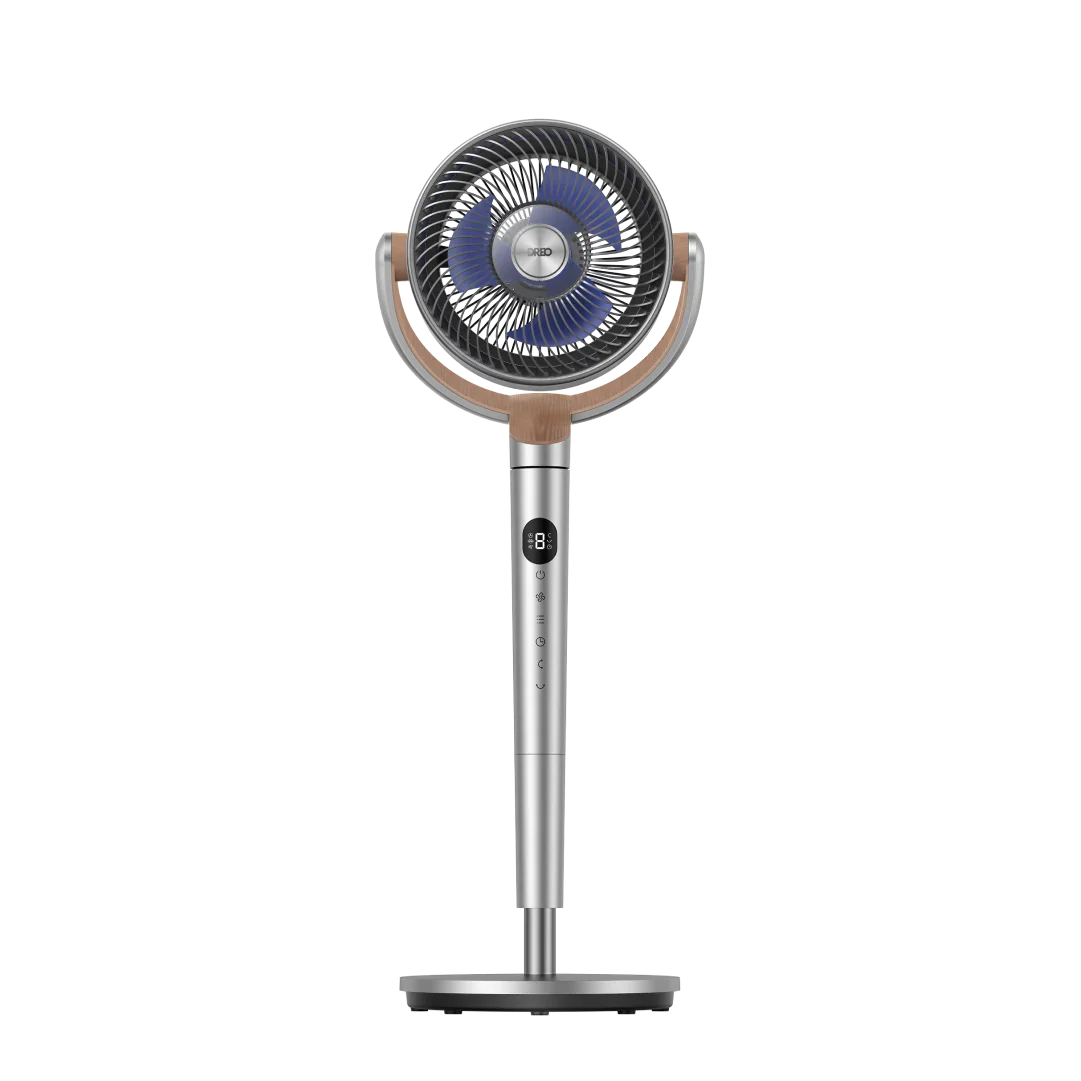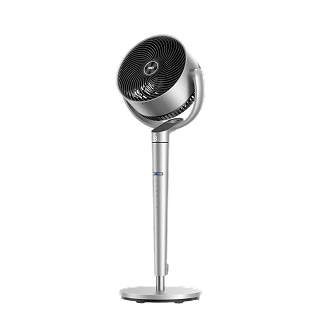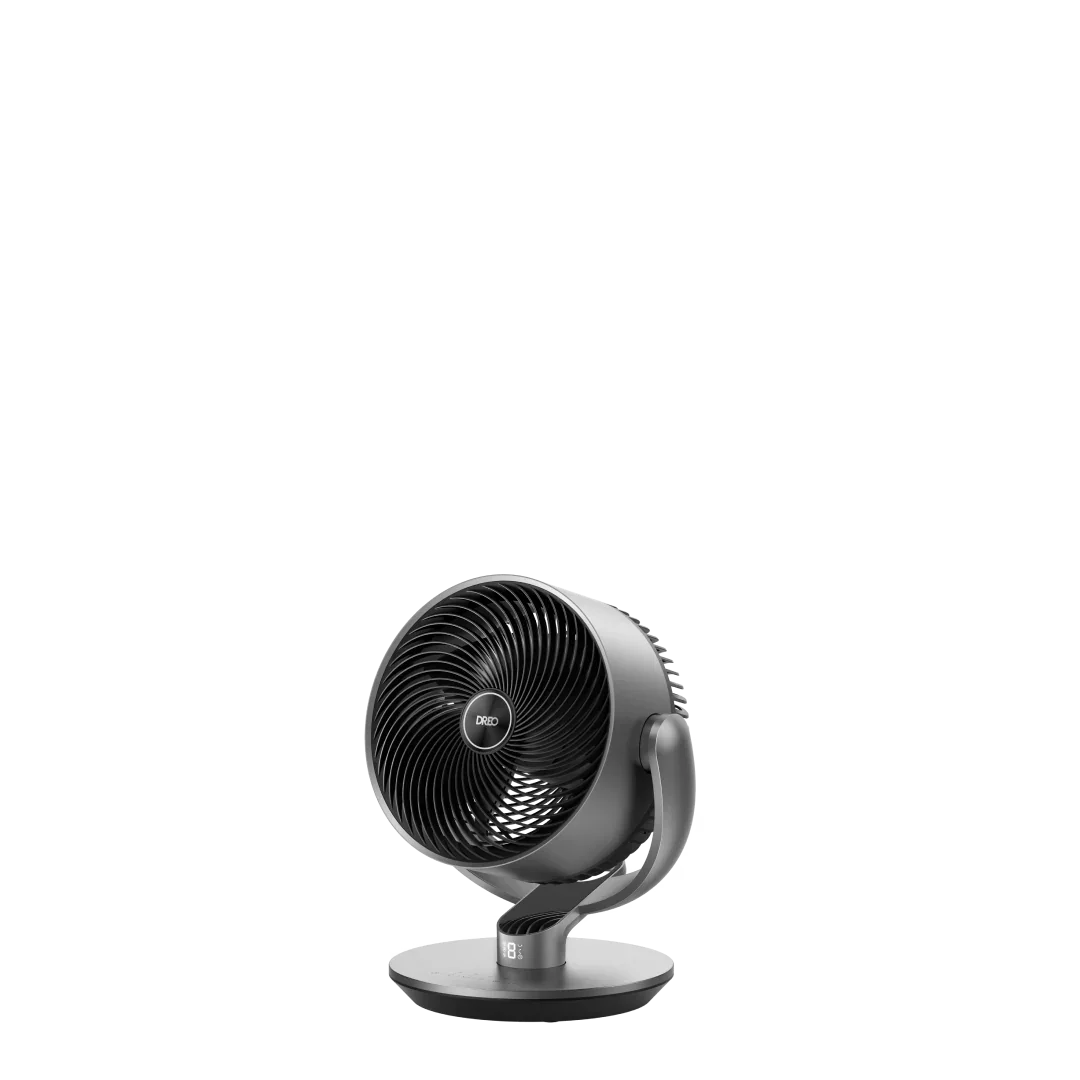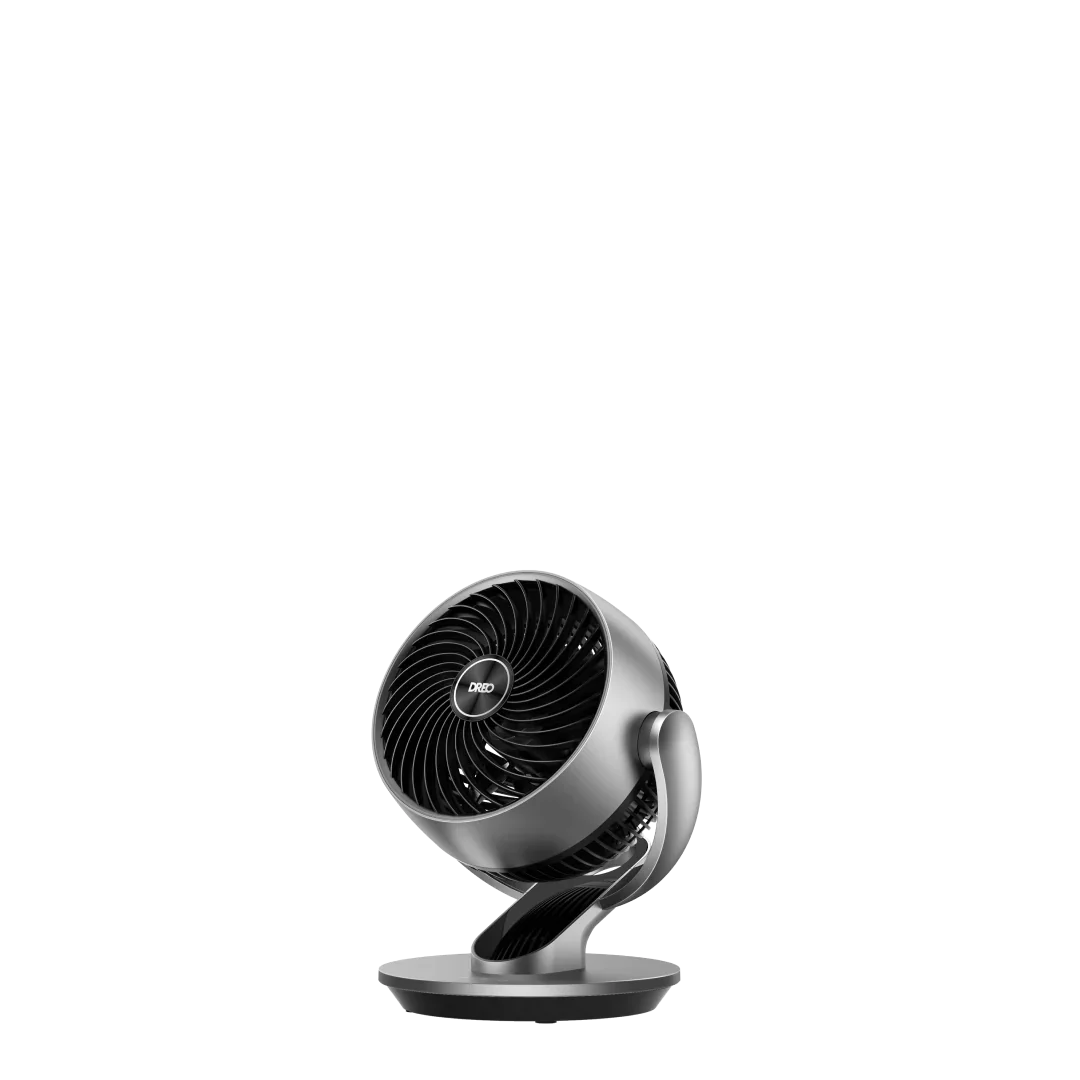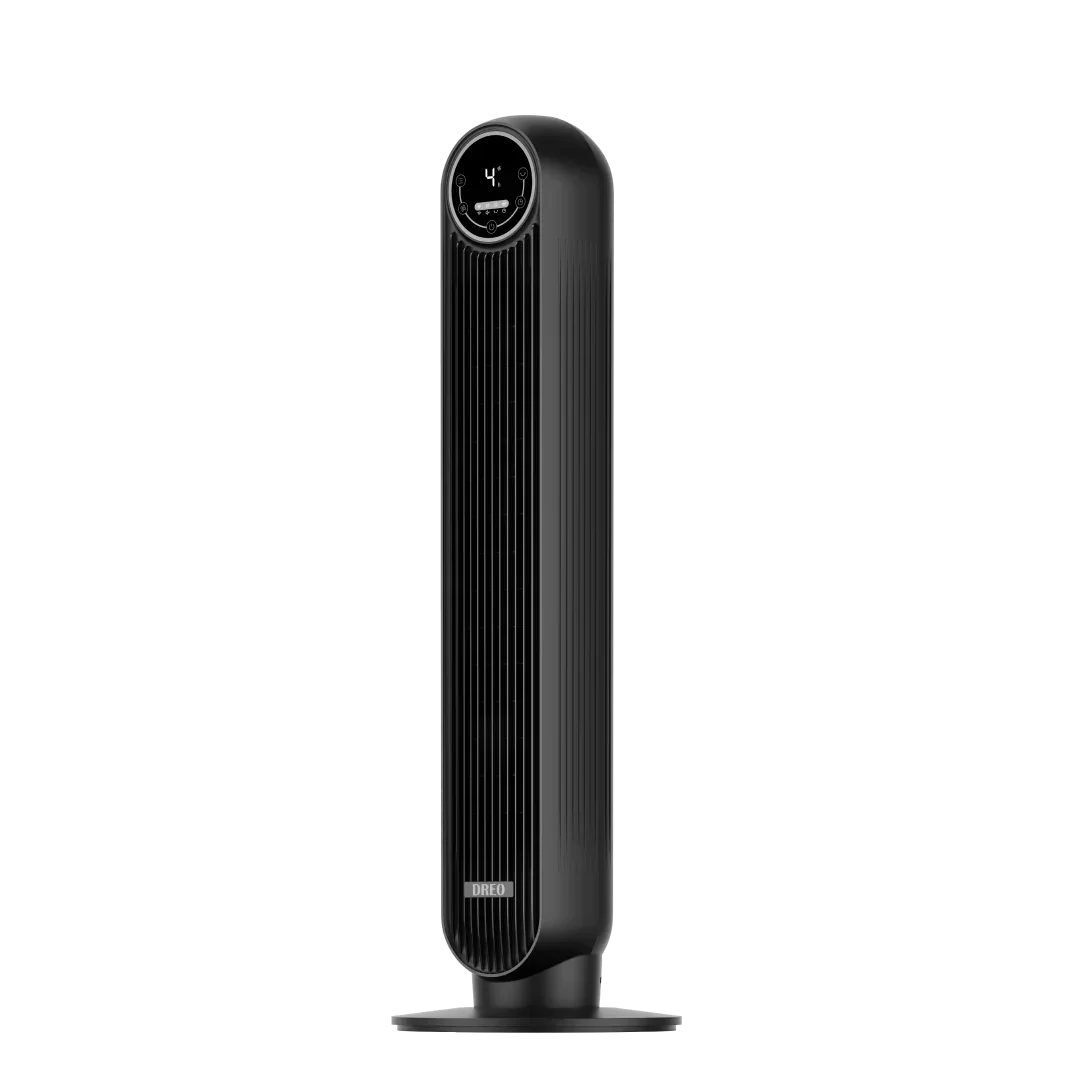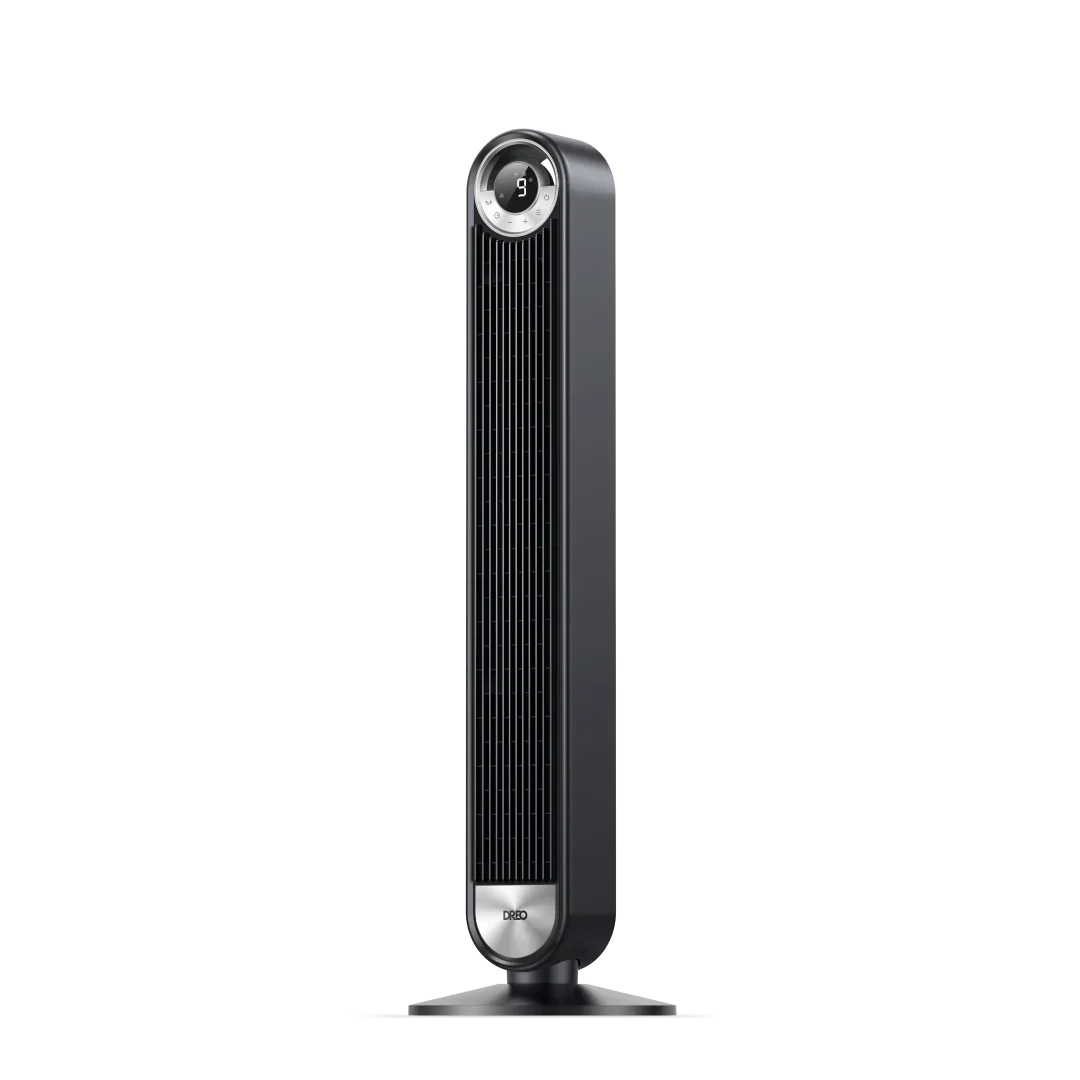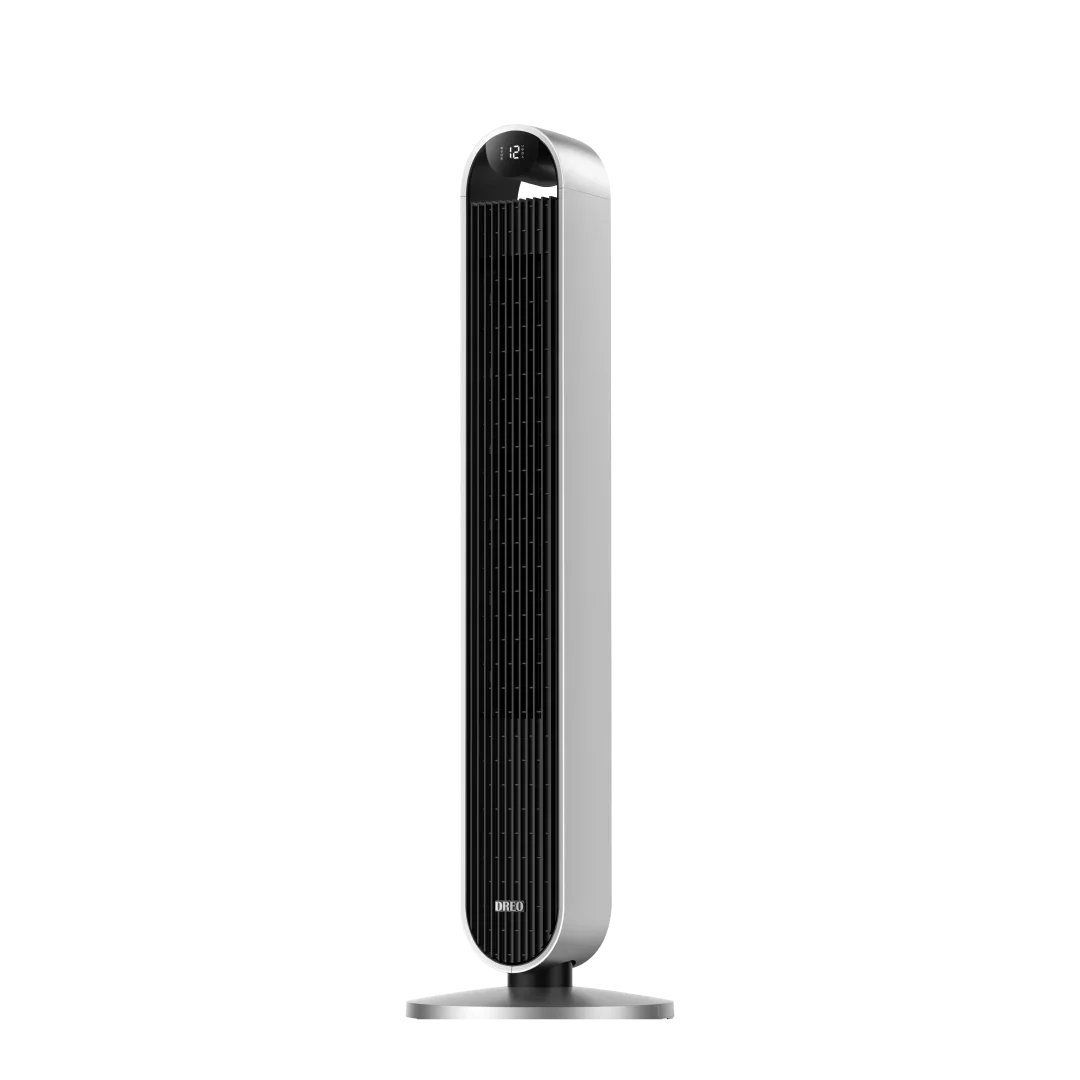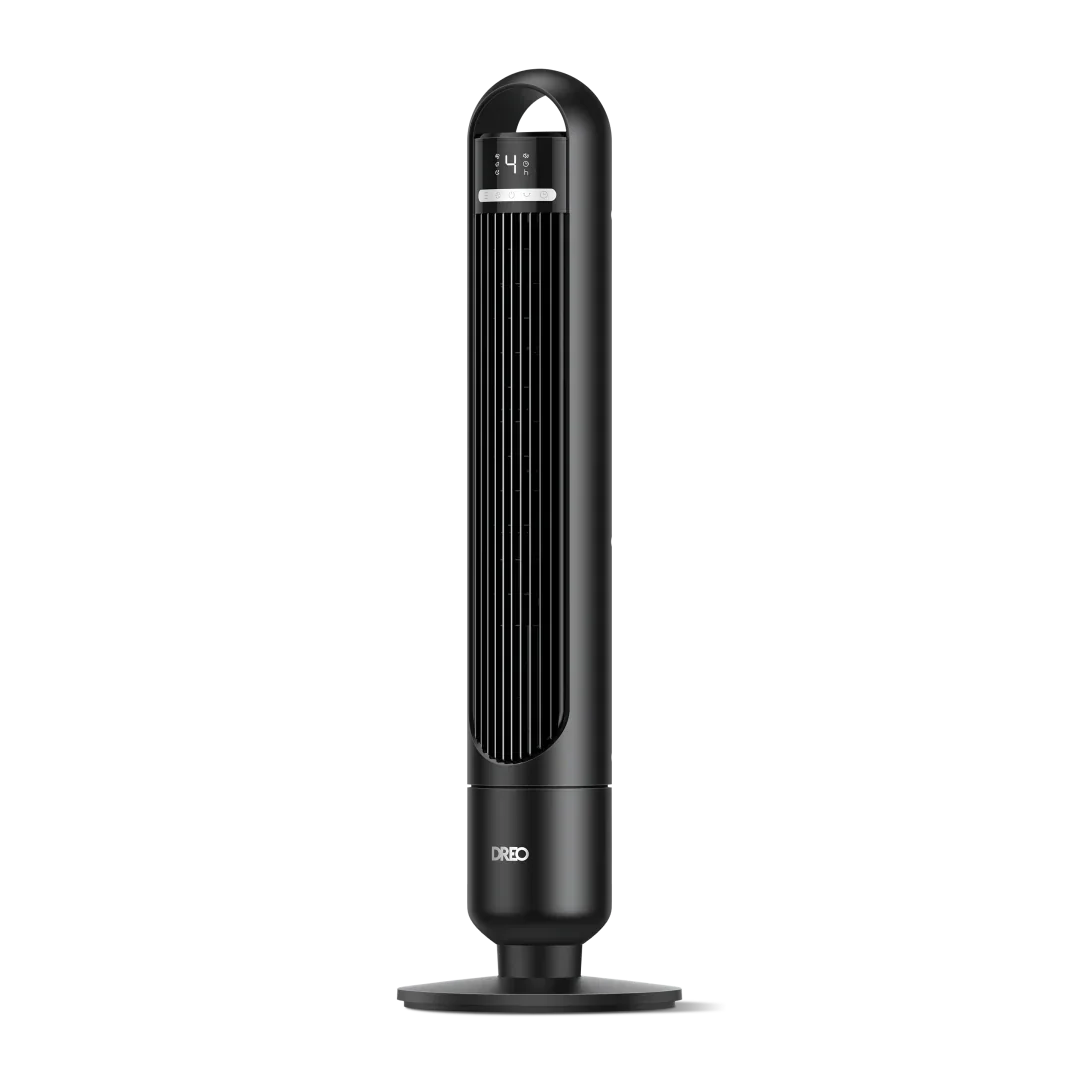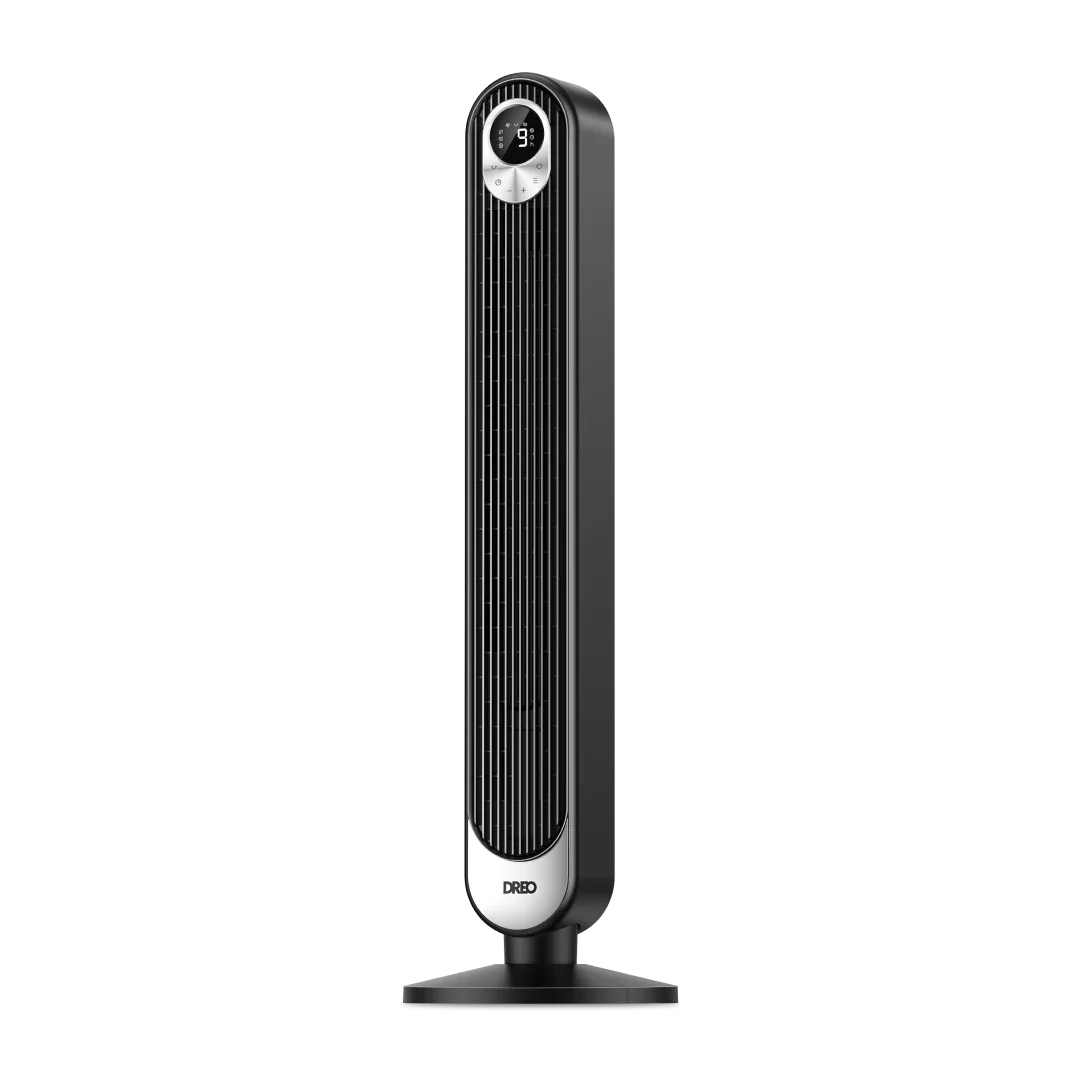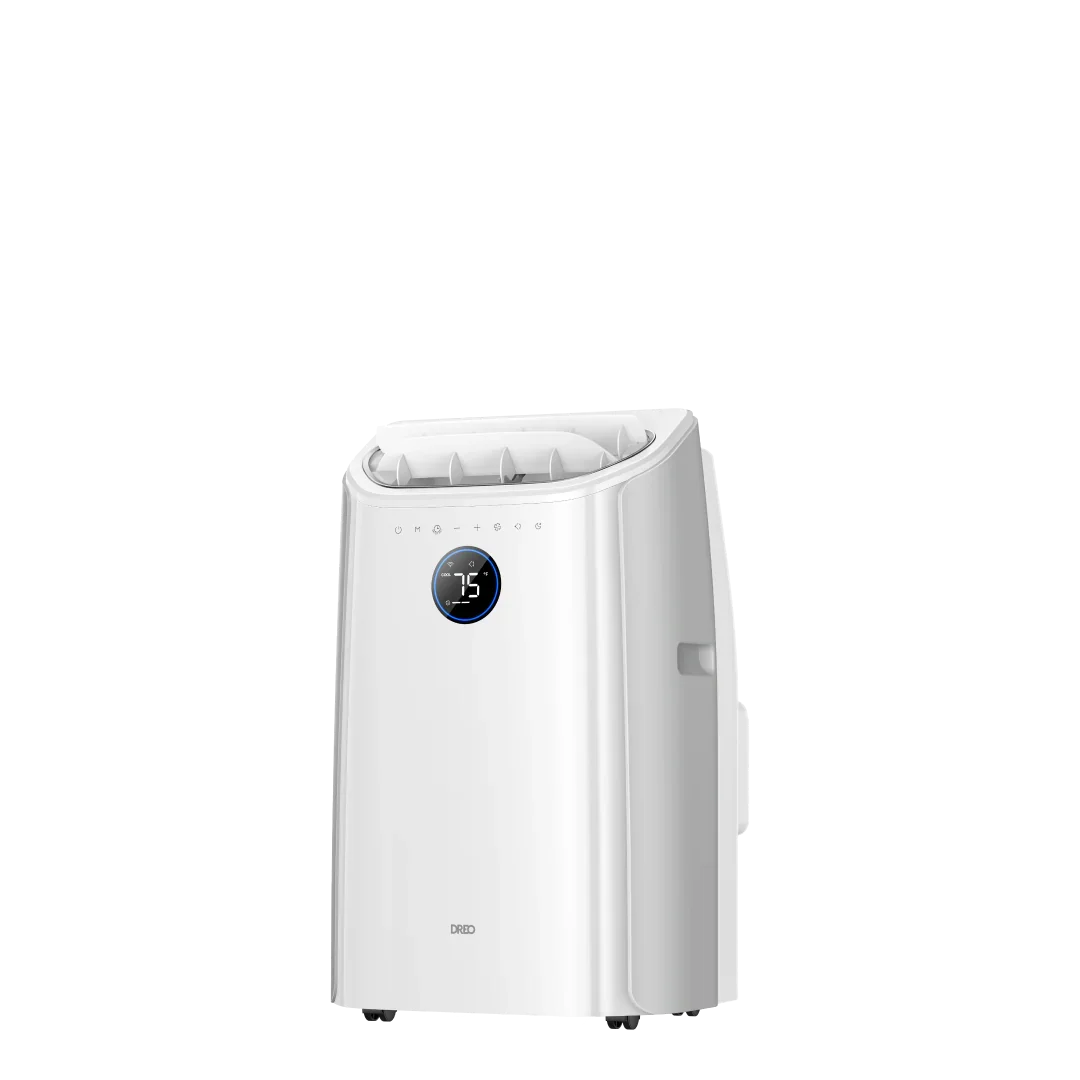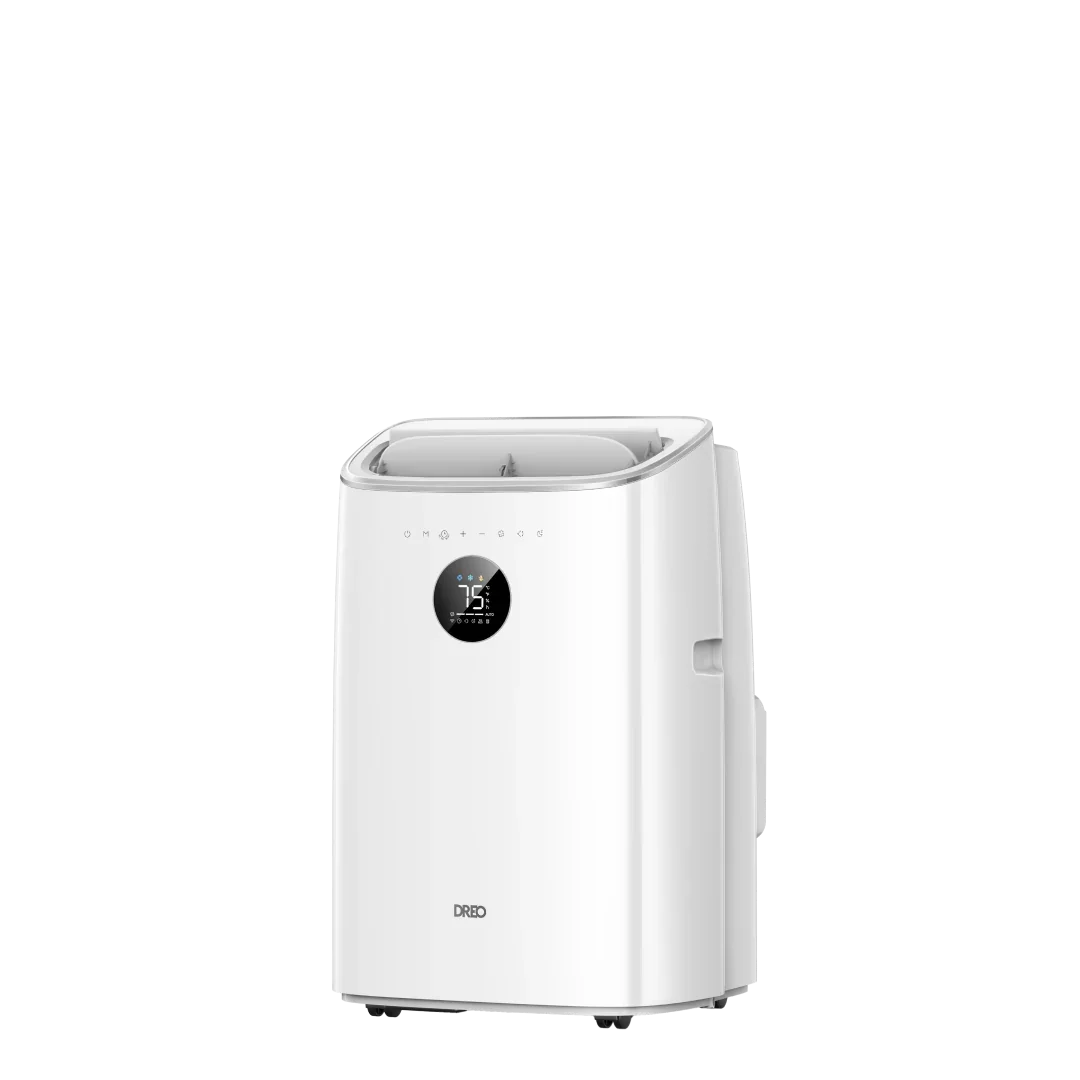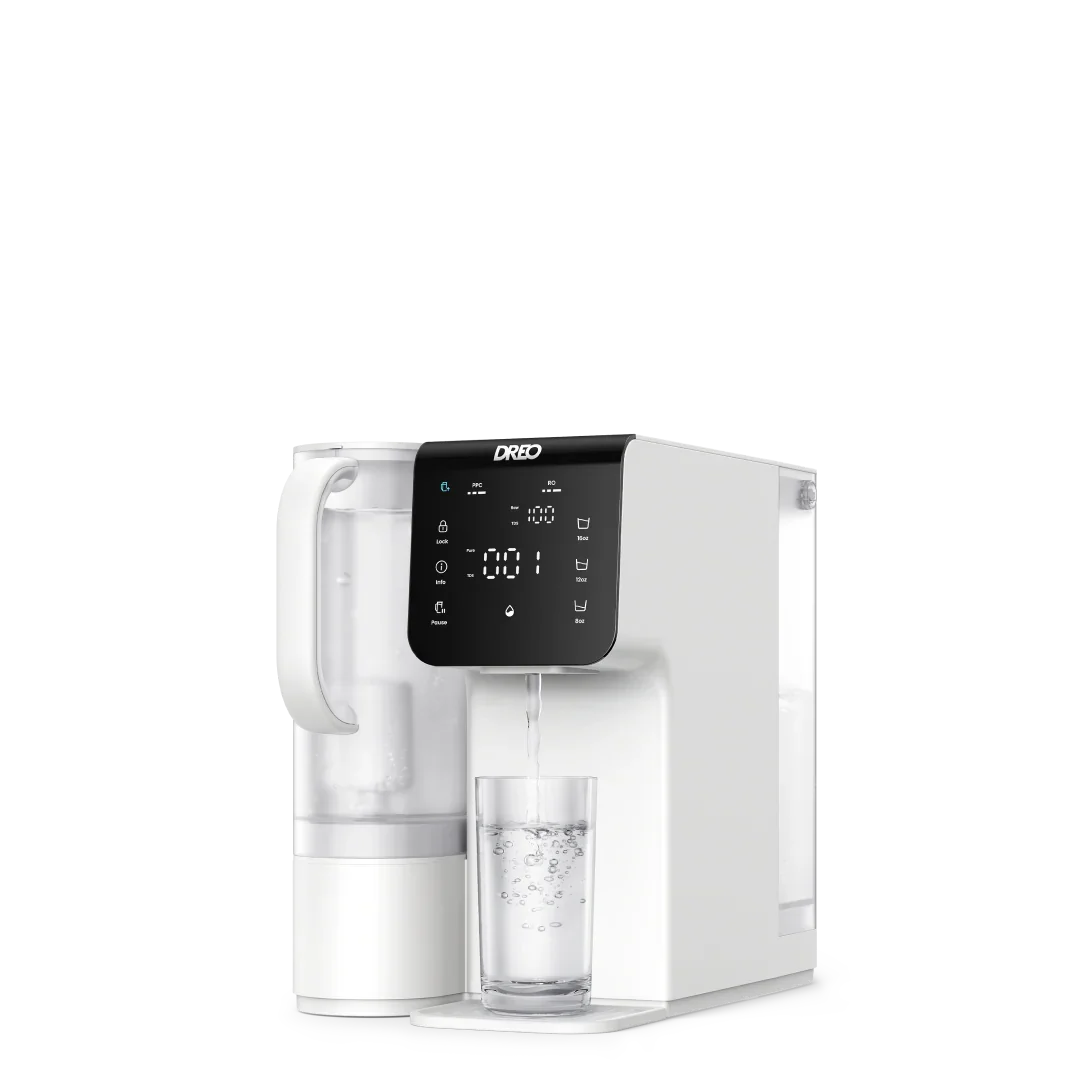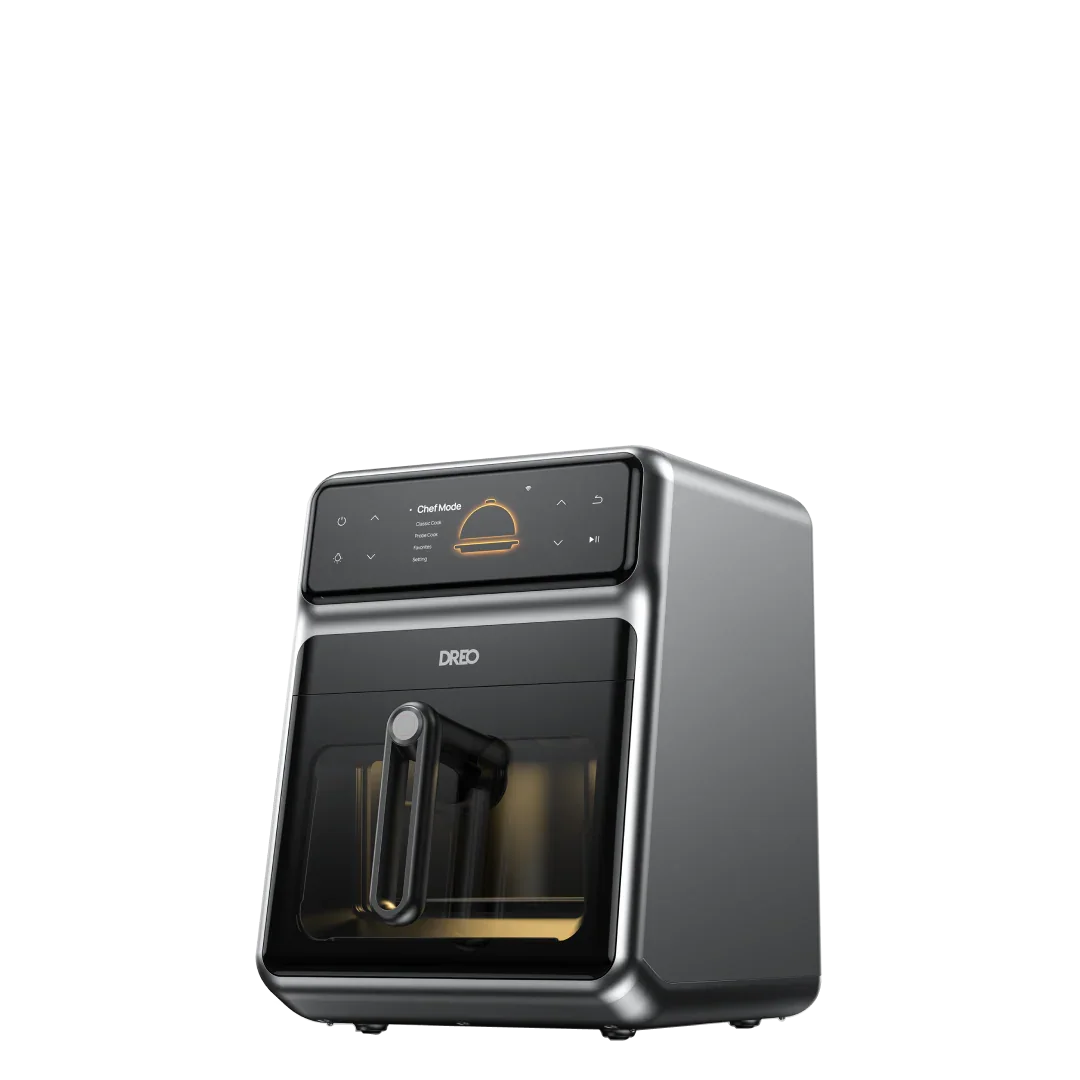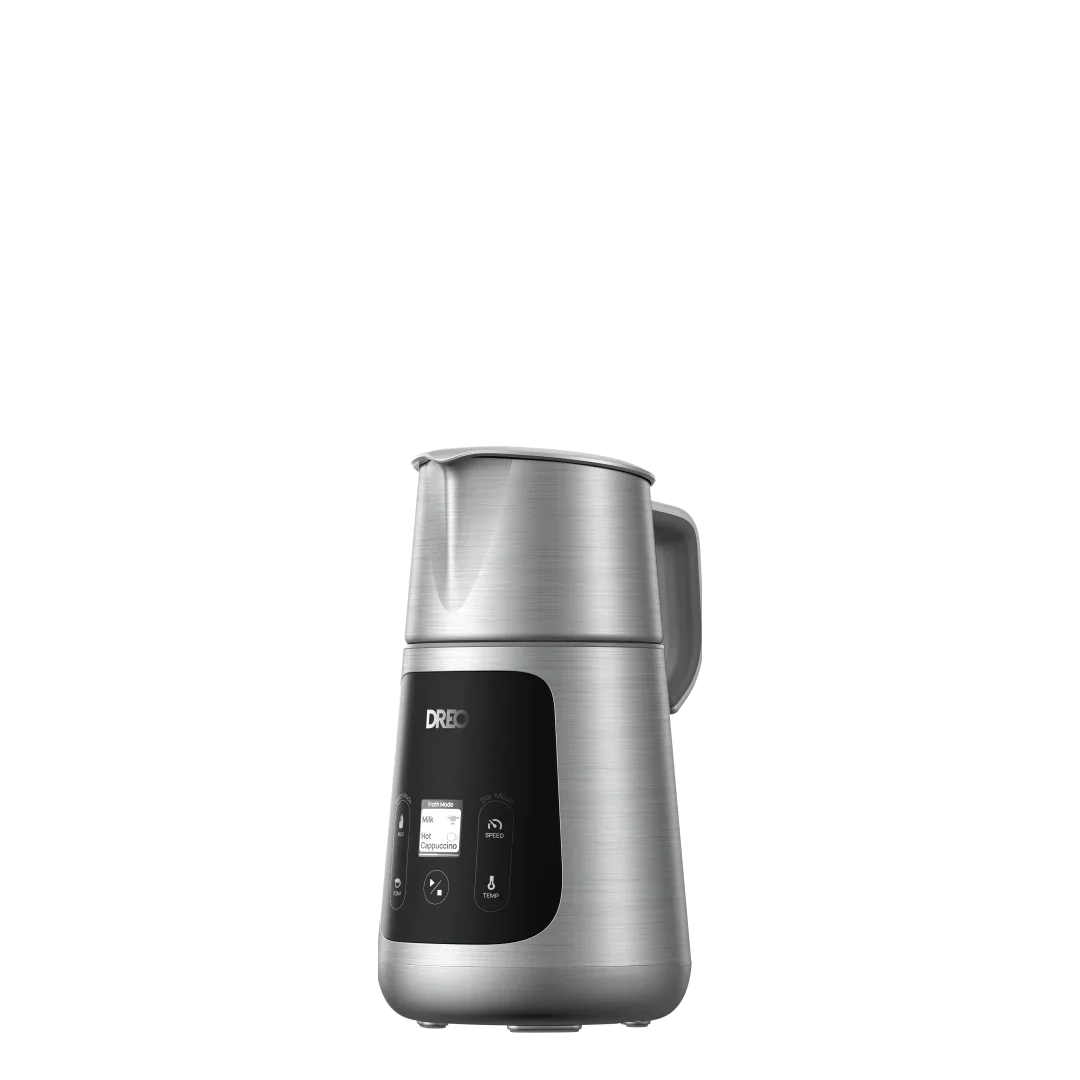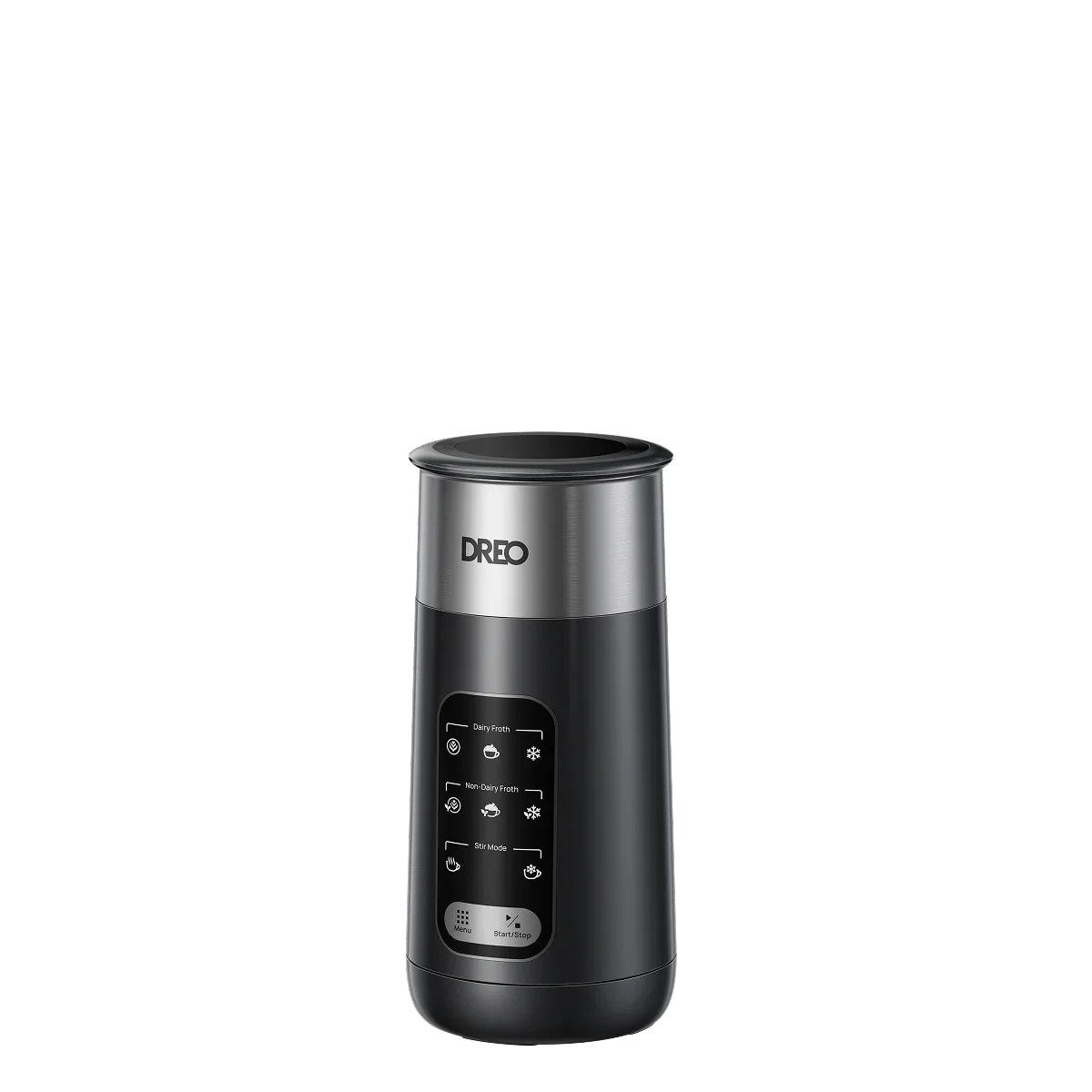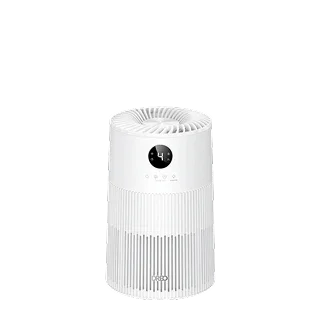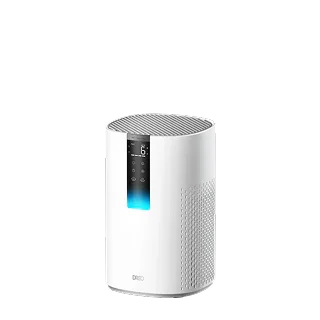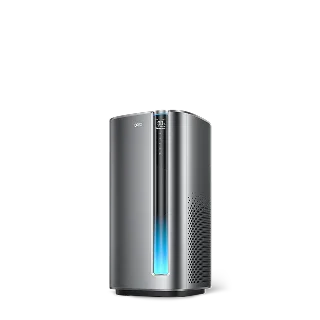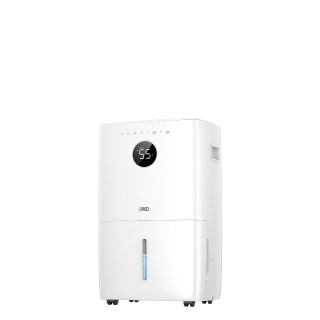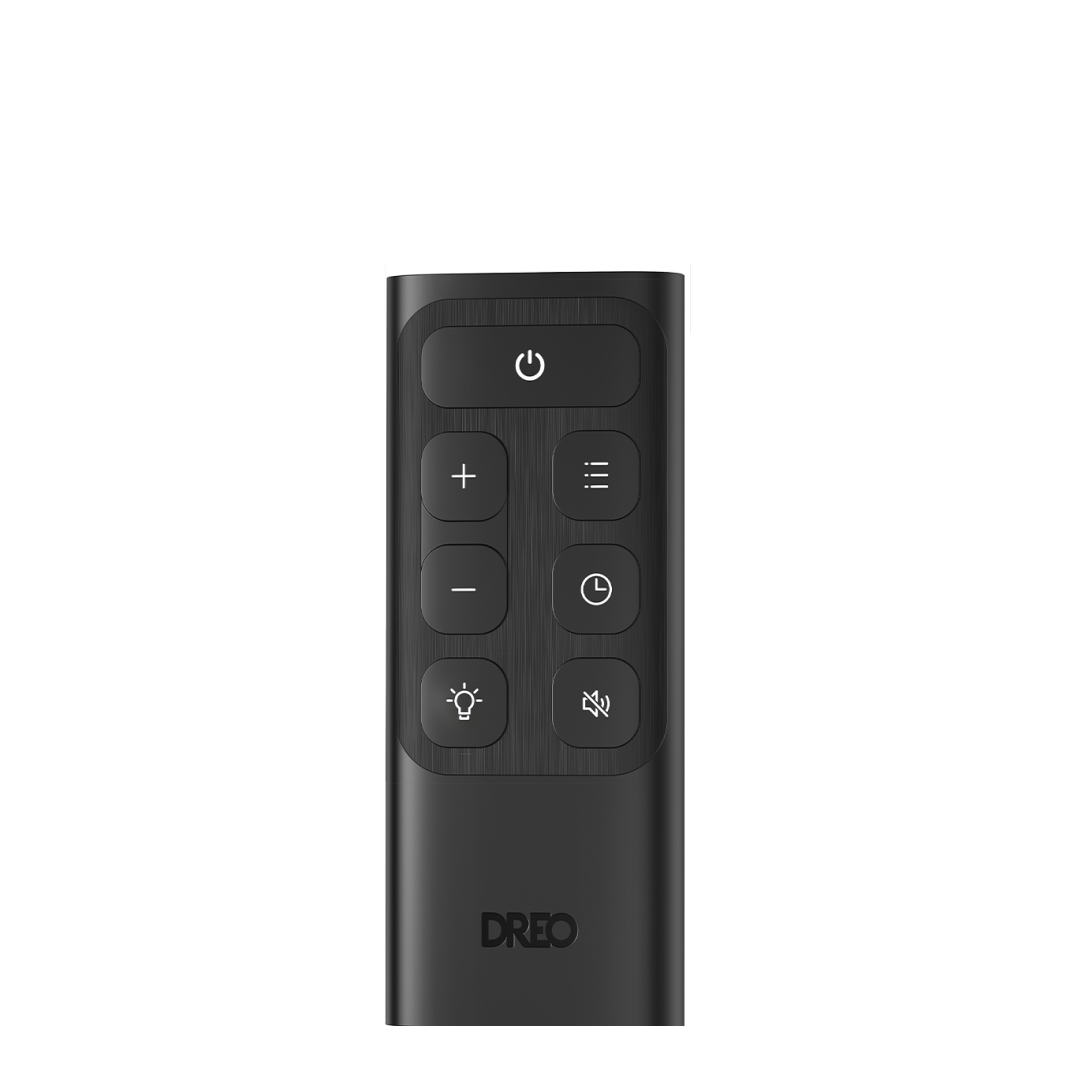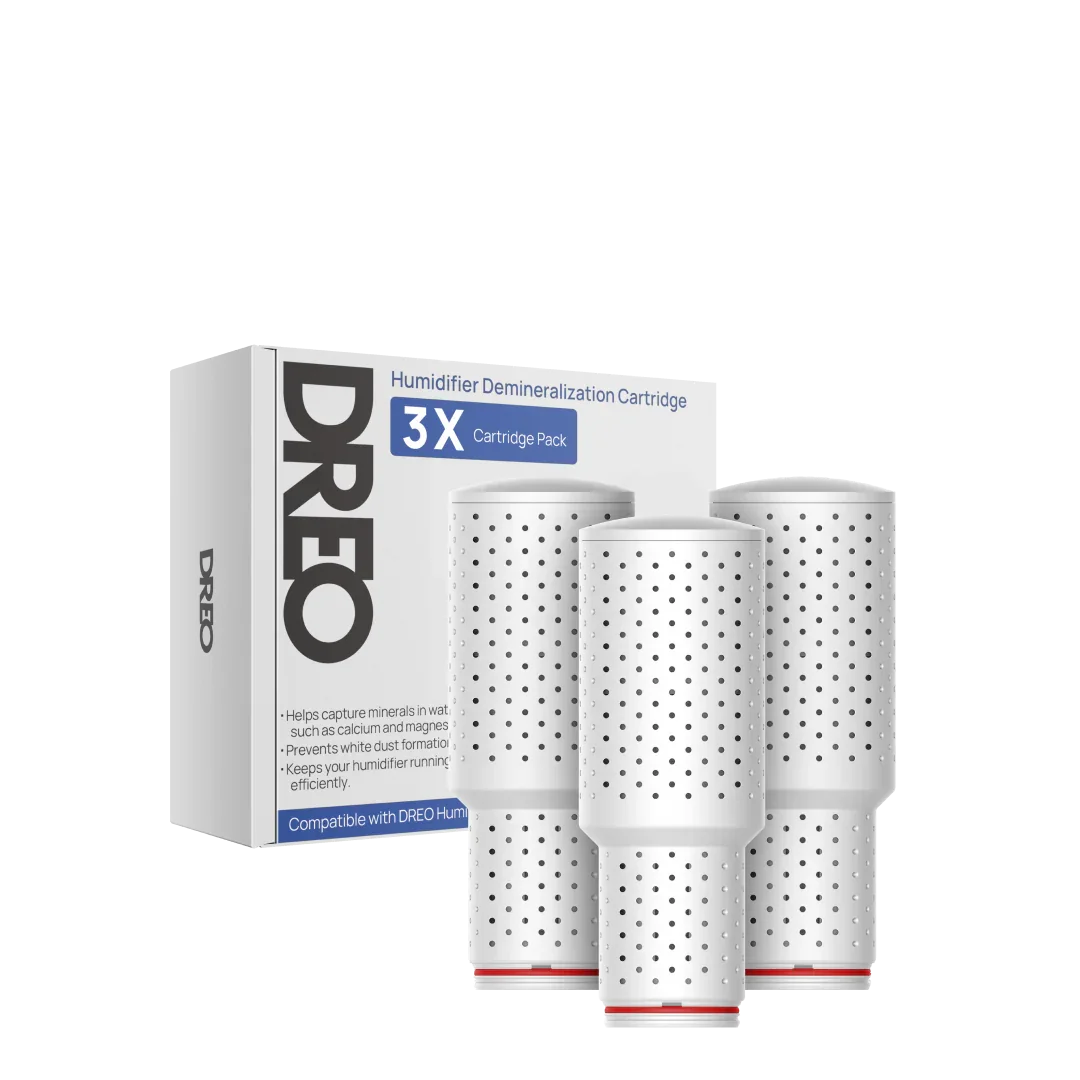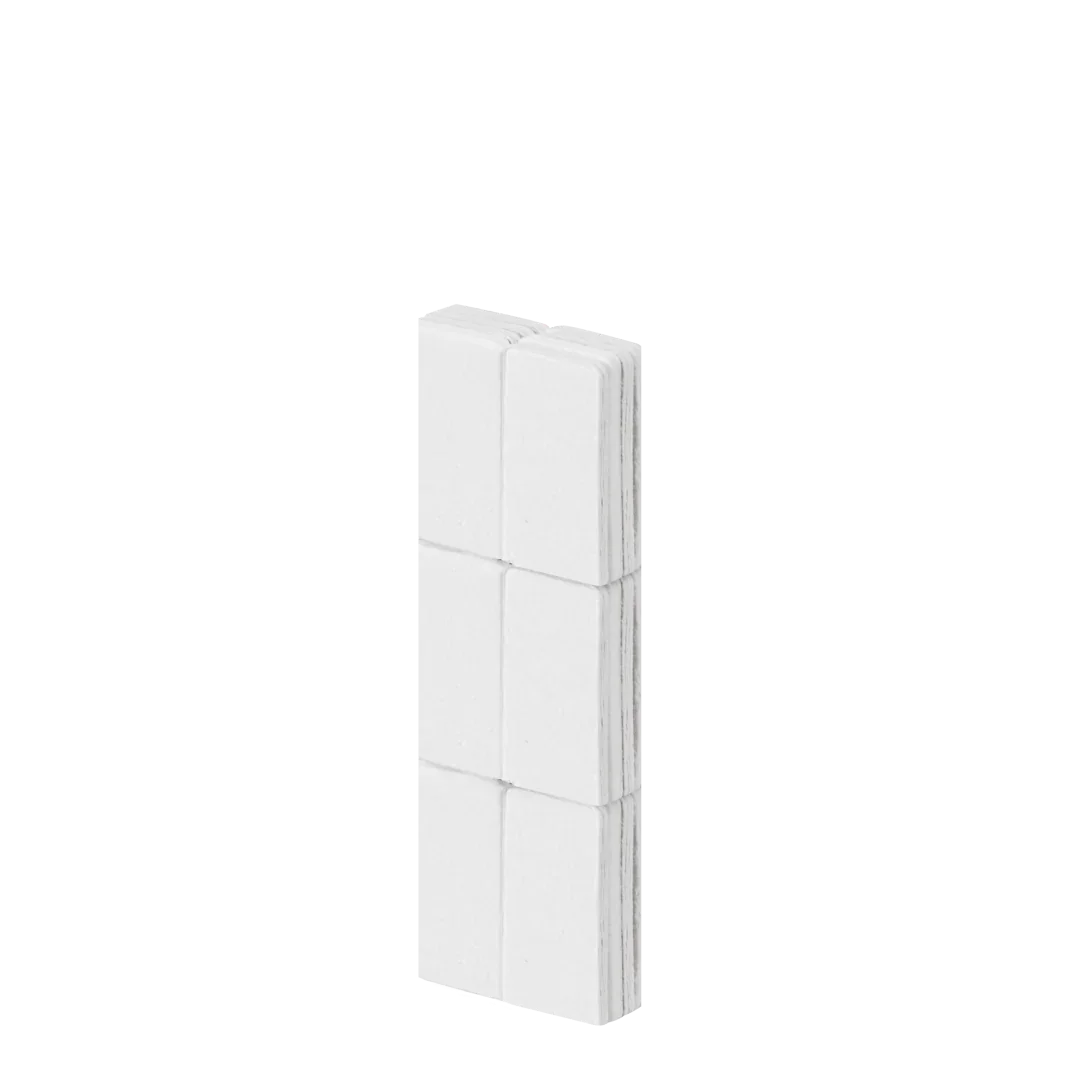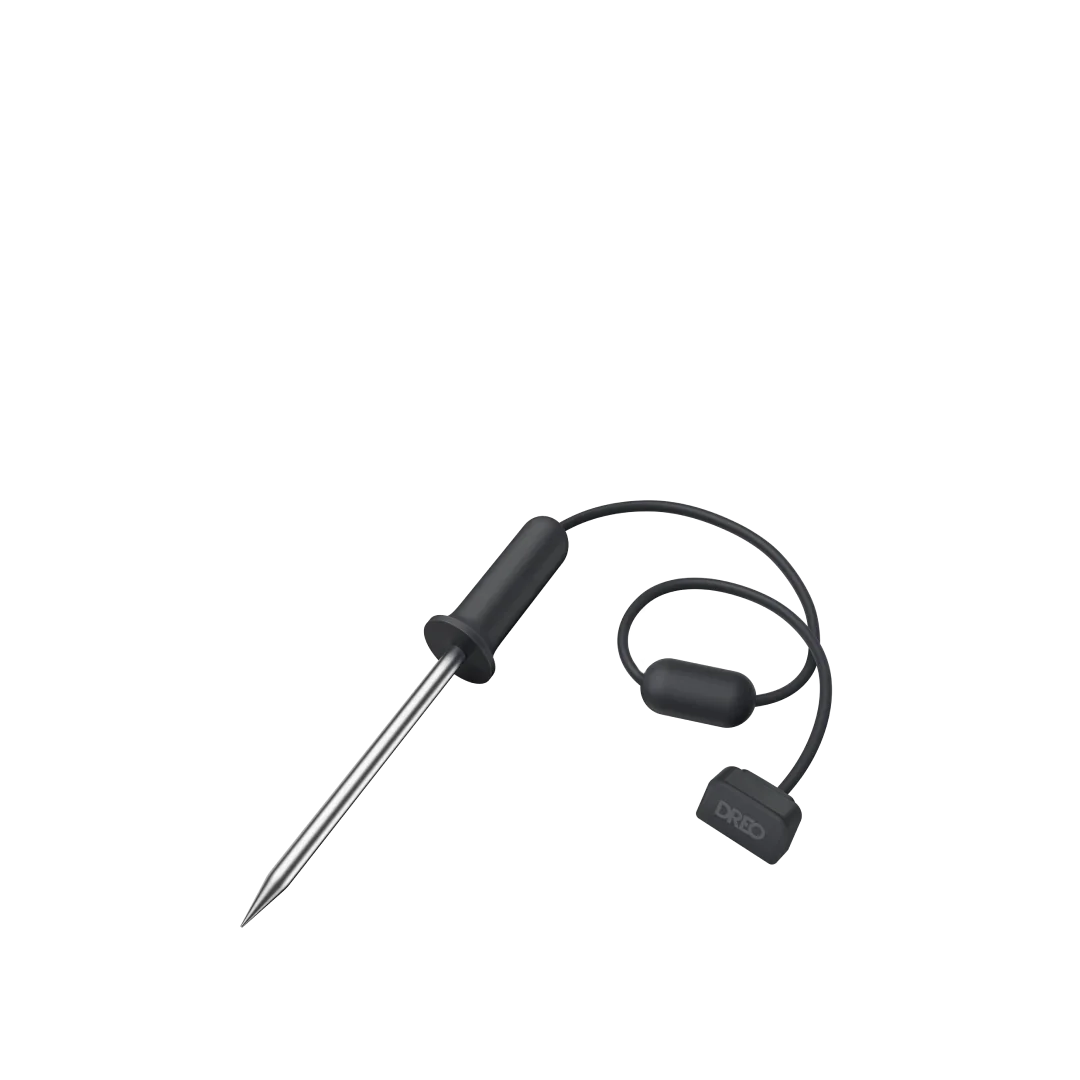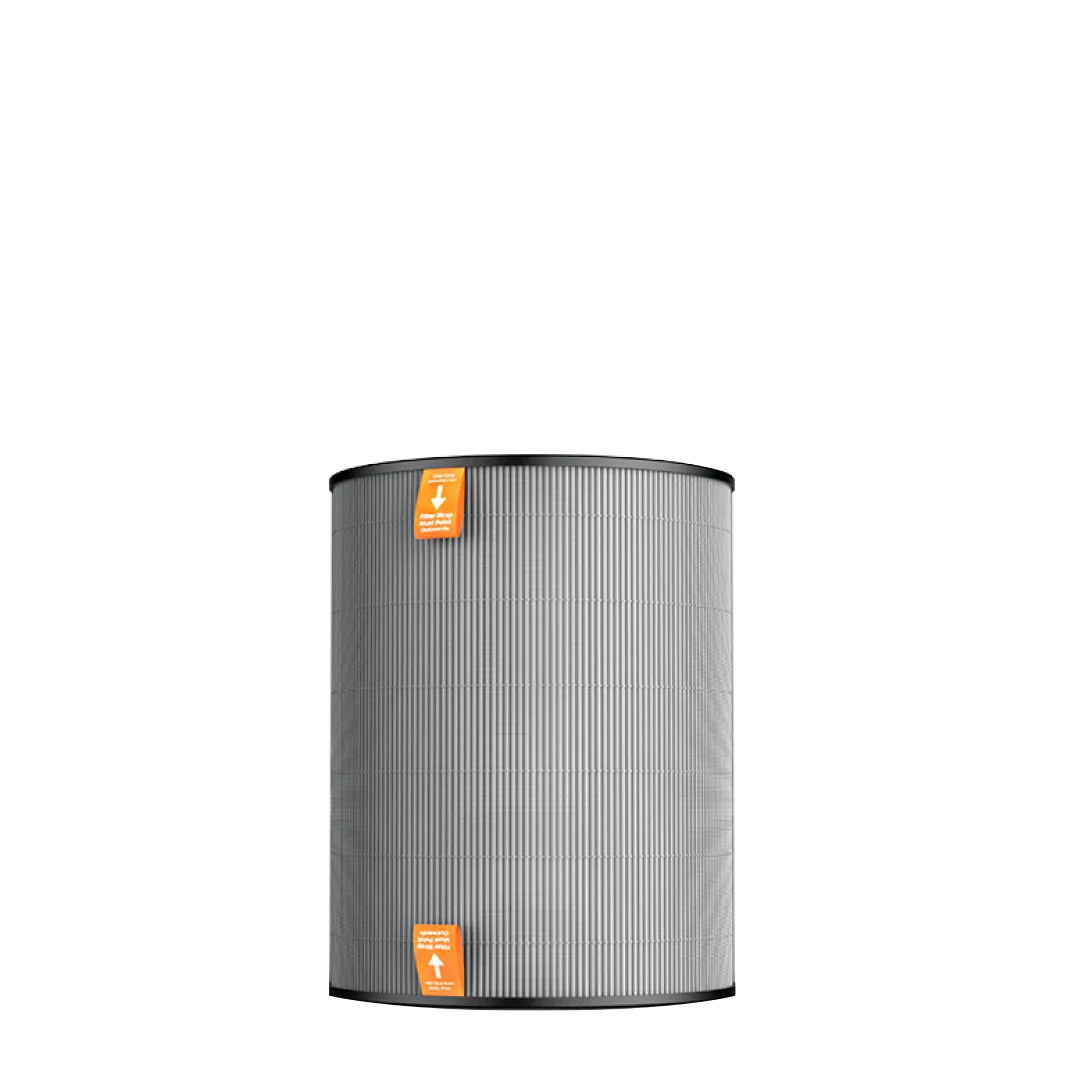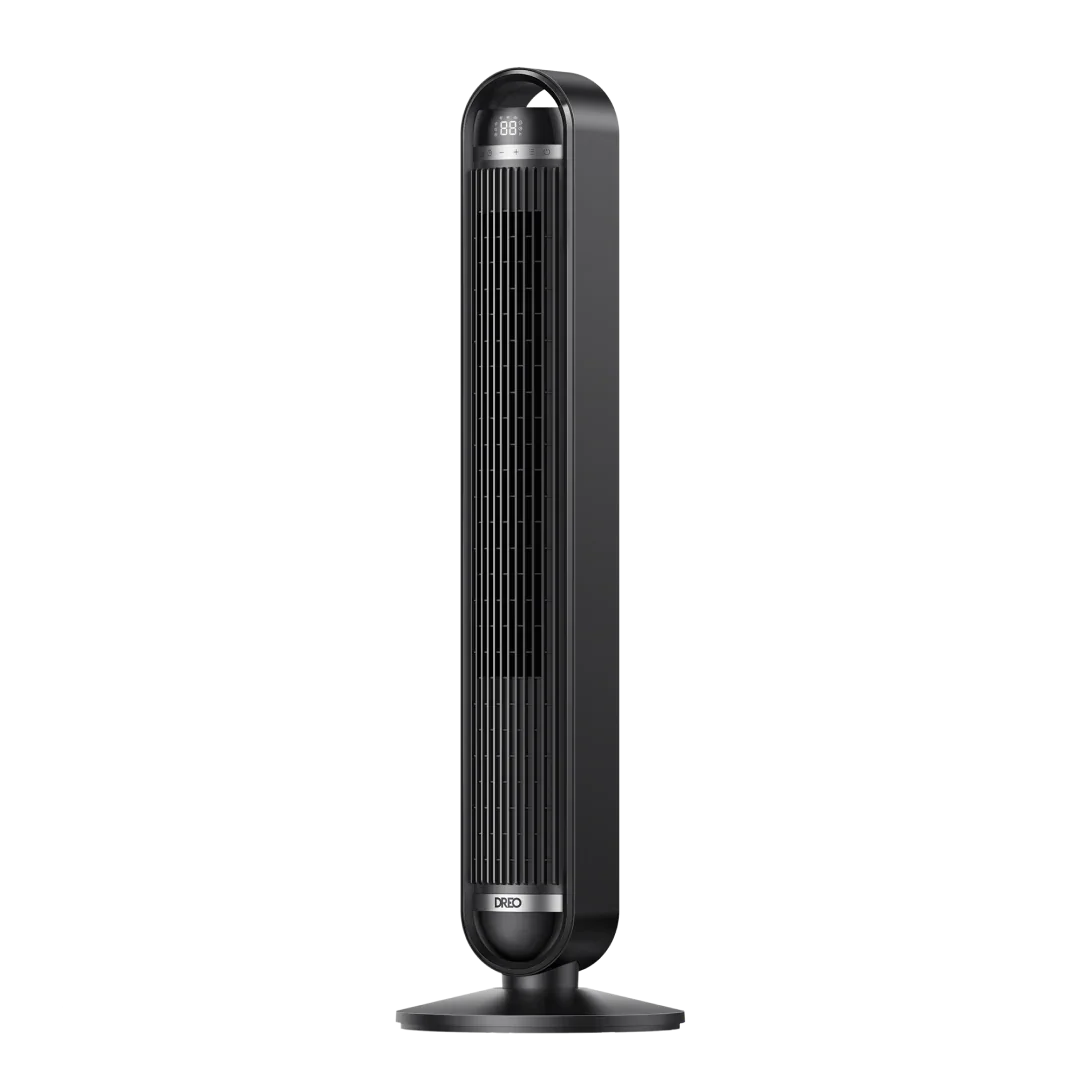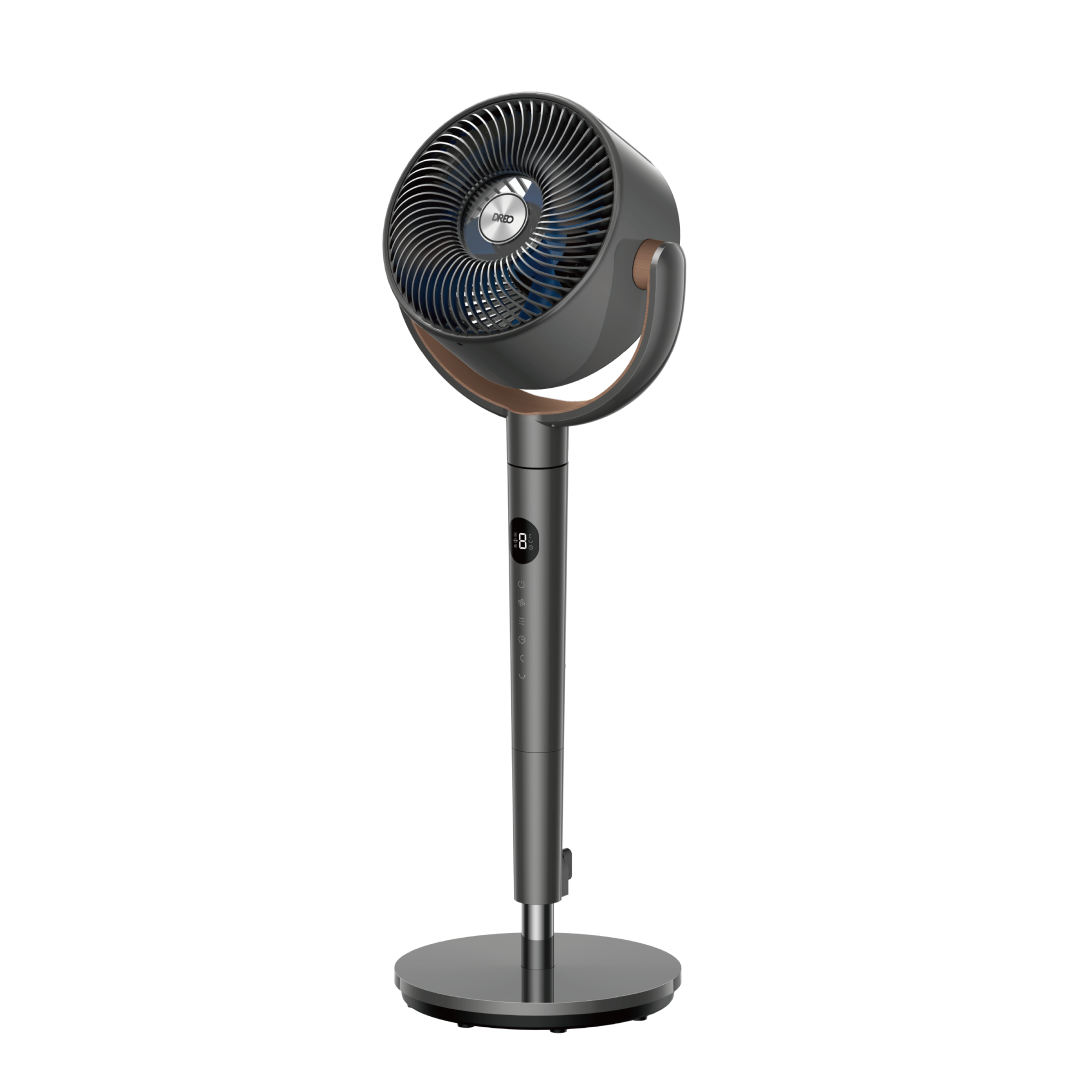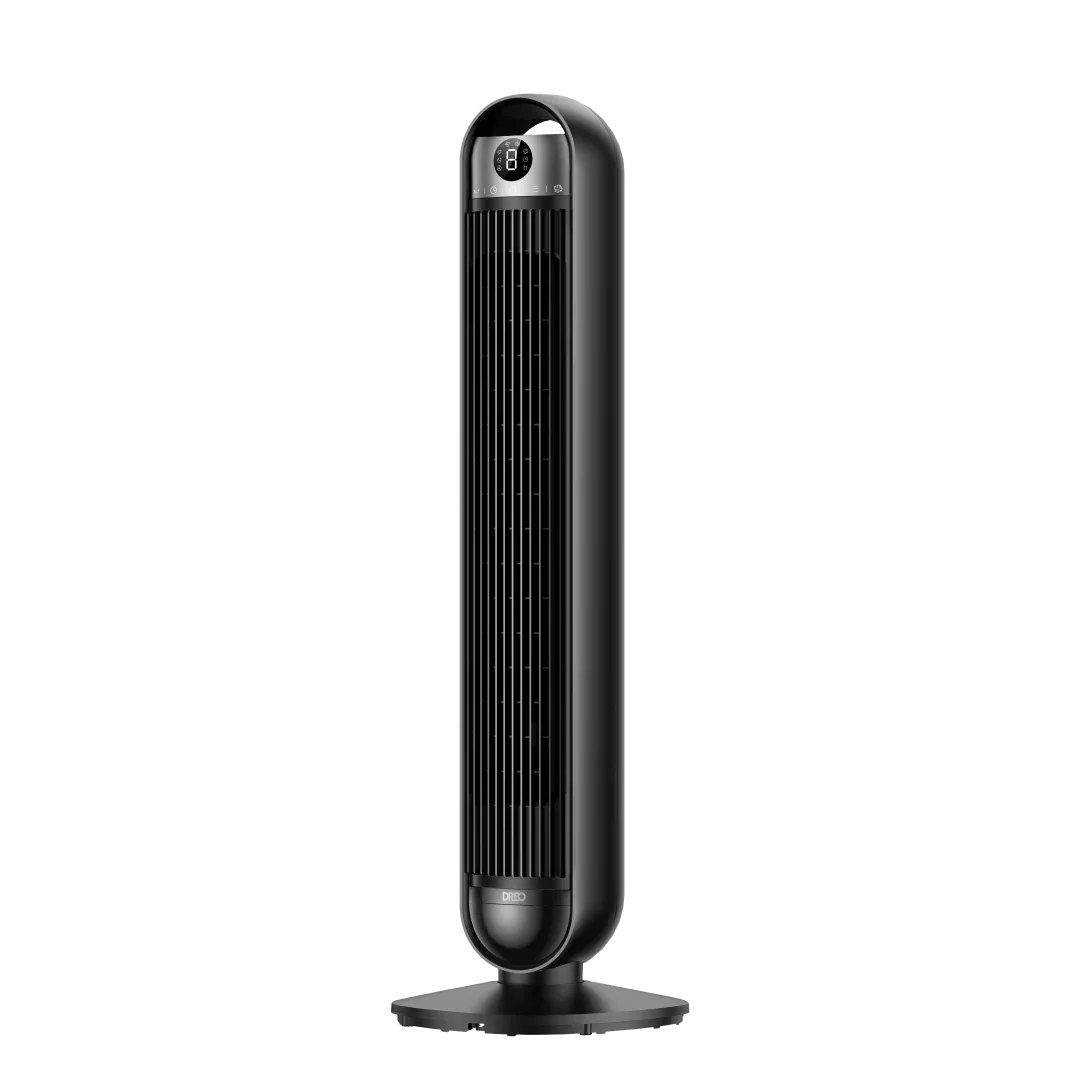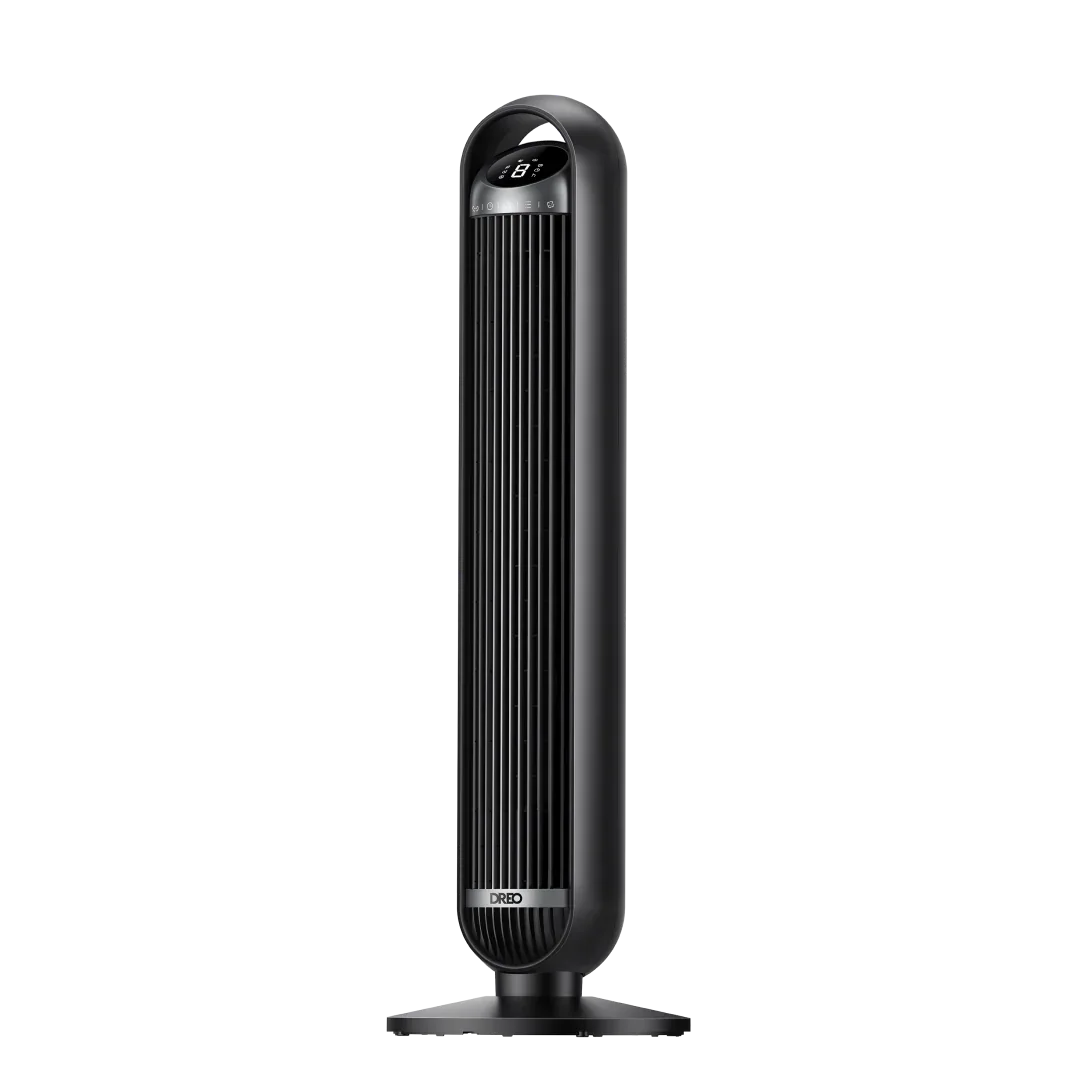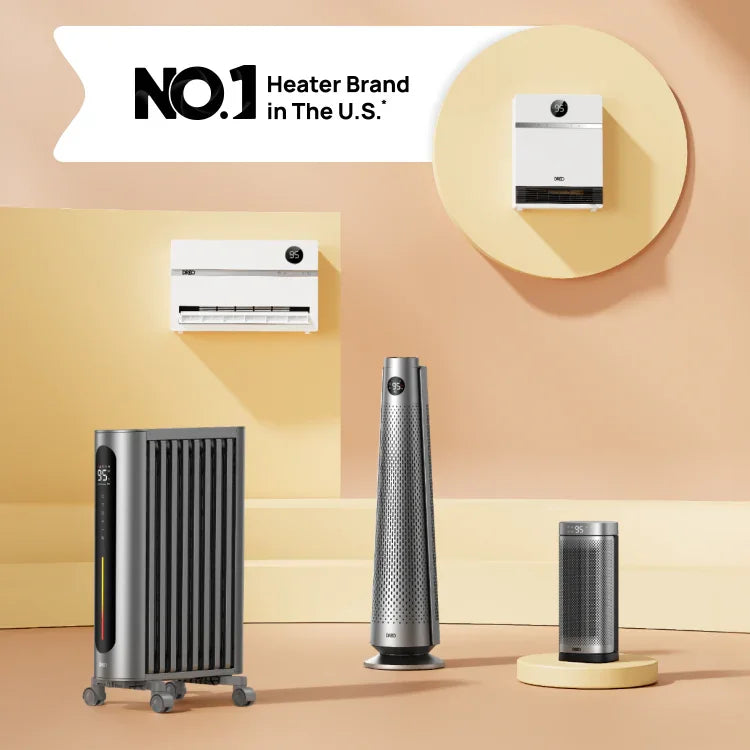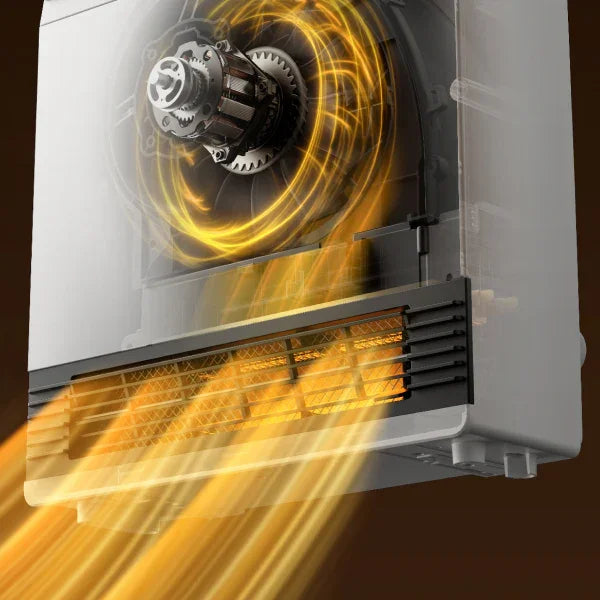Carbon Monoxide: The Silent Threat
What is Carbon Monoxide?
Source of Carbon Monoxide in Homes
- Combustion Appliances: Gas furnaces, water heaters, stoves, fireplaces, and wood-burning stoves.
- Generators: If used indoors or near open windows.
- Vehicles: Running cars in attached garages or close to open windows.
- Faulty Equipment: Malfunctioning or improperly vented furnaces, water heaters, or space heaters.
Carbon Monoxide Poisoning Symptoms
Common Heater Types
|
Heater Type
|
Heating Method
|
Power Source
|
Carbon Monoxide Risk
|
|
Oil-filled Radiators
|
Convection (oil)
|
Electric
|
No
|
|
Fan-forced Heater
|
Convection (element & fan)
|
Electric
|
No
|
|
Infrared Heaters
|
Radiant (infrared)
|
Electric
|
No
|
|
Ceramic Heaters
|
Convection (ceramic & fan)
|
Electric
|
No
|
|
Propane Heaters
|
Combustion (propane gas)
|
Fuel-burning
|
Yes
|
|
Natural Gas Heaters
|
Combustion (natural gas)
|
Fuel-burning
|
Yes
|
Do Electric Space Heaters Produce Carbon Monoxide?

Why should you go for an electric space heater?

Features to look for in safe space heaters
- Safe Distance: Keep your heater at least 3 feet away from flammable materials like curtains, furniture, or paper to prevent accidental fires.
- Avoid Overuse: Use your heater only when necessary to avoid overheating and potential hazards.
- Good Ventilation: Avoid placing your heater in enclosed spaces with limited air circulation.
- ECO Mode: Take advantage of its automatic adjustments to maintain optimal room temperature, effectively eliminating the risk of overheating and ensuring safe operation at all times.
- Smart Control: Use advanced features to remotely monitor and manage the heater, allowing for a turn-off in case of accidental activation, ensuring added safety and peace of mind.
- Safety Features: Opt for those with solid built-in safety features like tip-over switches and overheat protection to prevent accidents.
- Routine Checks: Regularly inspect your heater for any signs of wear or damage. Address any issues promptly to prevent malfunctions.
- Cleaning: Keep the heater clean and free from dust or debris to ensure efficient operation and reduce the risk of overheating.
- Install Detectors: Although electric heaters don't produce CO, having a detector in your home adds an extra layer of safety, especially if you use other types of space heaters or appliances that might emit this gas.

